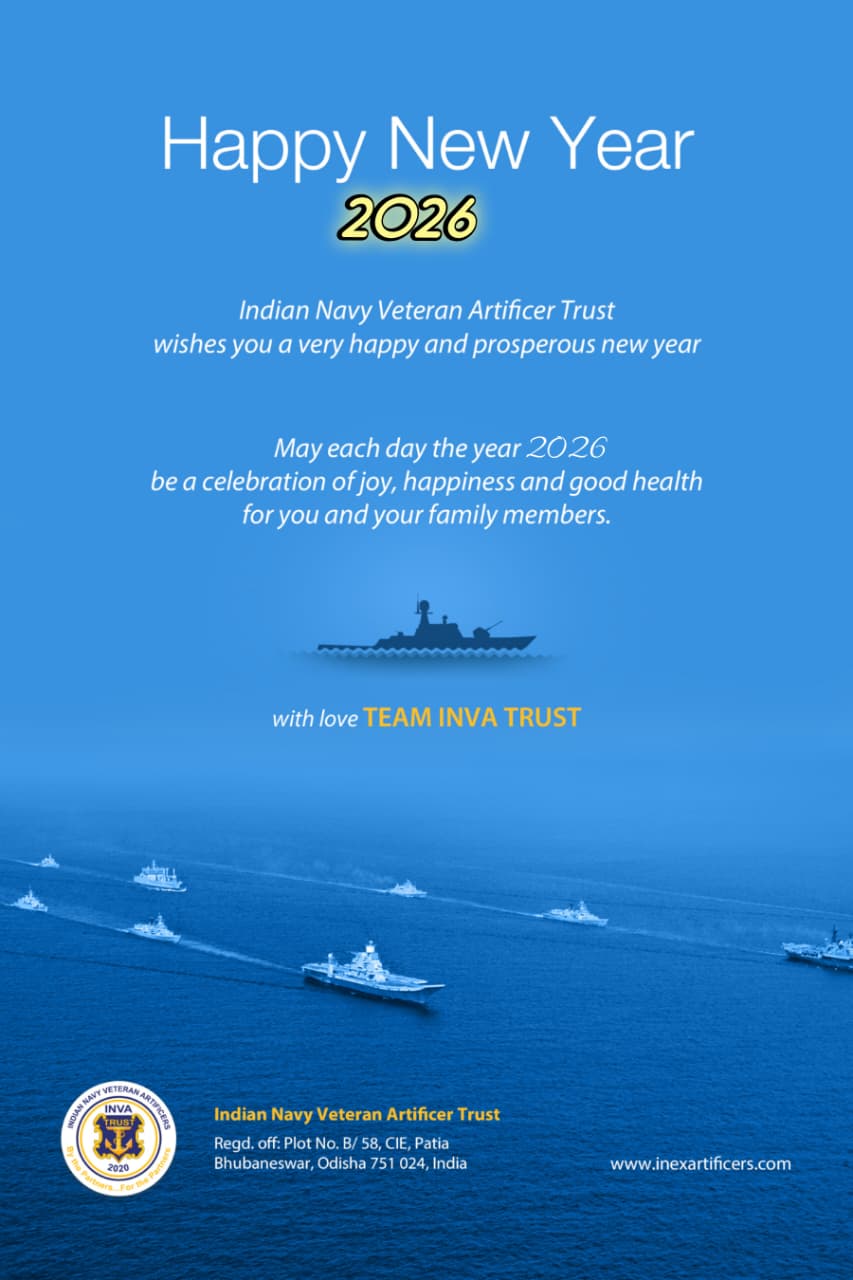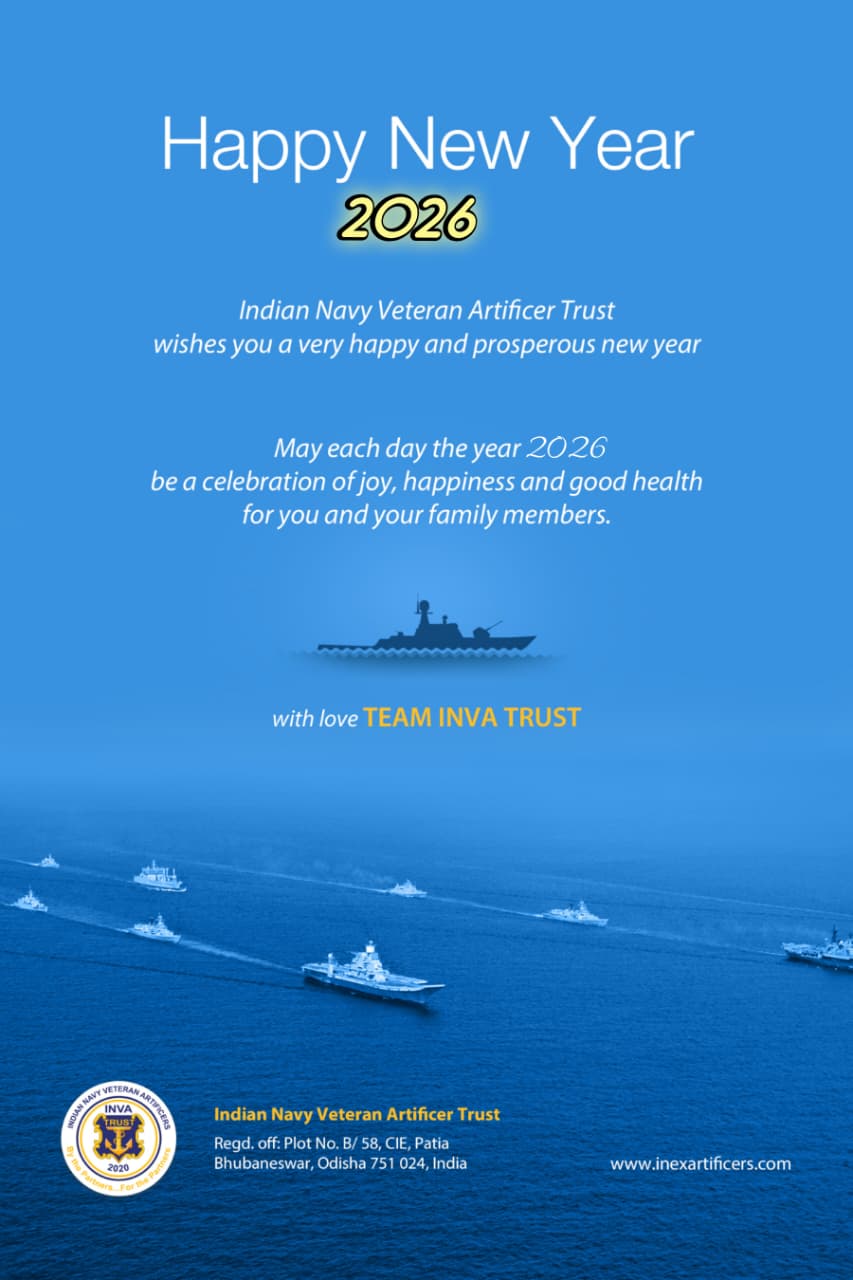Timeline of Artificer Training
The Story of Artificers:
In English dictionaries the word ‘Artificer’ means 'a clever or an inventive designer', 'a Military serviceman trained in mechanics'. So, encompassing their collective wisdoms, we would come to an accurate description of what the Indian Navy Artificers really are. History tells us, ‘Artificer’ is an appointment held by a member of an armed-forces service, who is skilled at working on mechanical devices. Artificer has always been a job title and not a rank.
Just like in Royal Navy and the Indian Navy, the artificer existed in military organizations like British Army, American Army, Canadian Army, Irish Armed Forces, Australian Army, Navy of Pakistan, Sri Lanka, Canada, Nigeria, Australia, and Germany.
The title, in its army avatar, has over 250 years of history. The Artificers were there during the years of the American Revolution. Its naval avatar appeared in the mother of all navies, the Royal Navy, in 1869 with the advent of the steam-engine-powered ships.
Historically, artificers are addressed as ‘Tiff’ or 'The Tiffy'. In the Royal Navy, the ‘Artificer’ was classified as a highly skilled naval rating that has successfully undergone a five-year formal apprenticeship in skill of hand and specialist knowledge training in Her Majesty's ships and training establishments.
History of Navy Artificers:
Engine Room Artificer was introduced in the Royal Navy in 1868, due to transition from Sail. HMS Audacious (later renamed Fisgard) was a steam- propelled, twin screw battleship launched in 1869. In 1904 Fisgard became a depot ship. Eventually, all the training of artificer apprentices took place in Portsmouth, in four ships which were collectively known as Fisgard.
It is interesting to note that HMIS Fisgard and later HMIS Shivaji which was commissioned in 1945 and became Indian Navy Artificers training establishment. Both have crests with a lot of similarity.
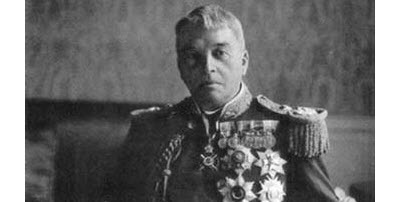
British - Royal Navy: The First Sea Lord, Admiral Sir John 'Jacky' Fisher was concerned that the other navies, particularly the German Navy would technologically surpass the British Navy. He ordered to launch the training for 'Boy Artificers' to ensure British Navy would be second to none.
- 1898 March: Artificer Engineer
- 1901 May: Electrical Artificers
- 1903 March: First Boy Artificer joins (4 yrs)
- 1919: Ordinance Artificer
- 1920: "Boy Artificer" changed to "Artificer Apprentice" (4 and half years course)
By the early 1920's the training of all Artificer Apprentices, (including the newly introduced Electrical and Ordnance Artificer Apprentices) was concentrated in Fisgard at Portsmouth and this continued until Fisgard was moved to Chatham in 1930 where it was accommodated ashore until 1939. Then, rapidly increasing numbers of apprentices and the need to disperse resources, led to the training being split between the two new purpose-built establishments at Rosyth in Scotland and Torpoint in Cornwall that were named respectively "Caledonia" and "Fisgard".
- 1937: HMS Caledonia - Became Tiffy Training Ship
- 1938: Naval Air Apprentice started
- 1947: Shipwirte Apprentice started
During the late 1940's Fisgard became the sole centre for the initial training and branch allocation of all Artificer Apprentices including Shipwright and Fleet Air Arm Apprentices of all specializations. All of the ships names associated exclusively with the training of Artificer Apprentices (i.e. "Tenedos", "Indus", "Caledonia" and "Condor") have passed into history but the name "Fisgard" remained linked with Artificer Apprentices until 2006 when Fisgard Squadron at HMS Raleigh in Cornwall closed.
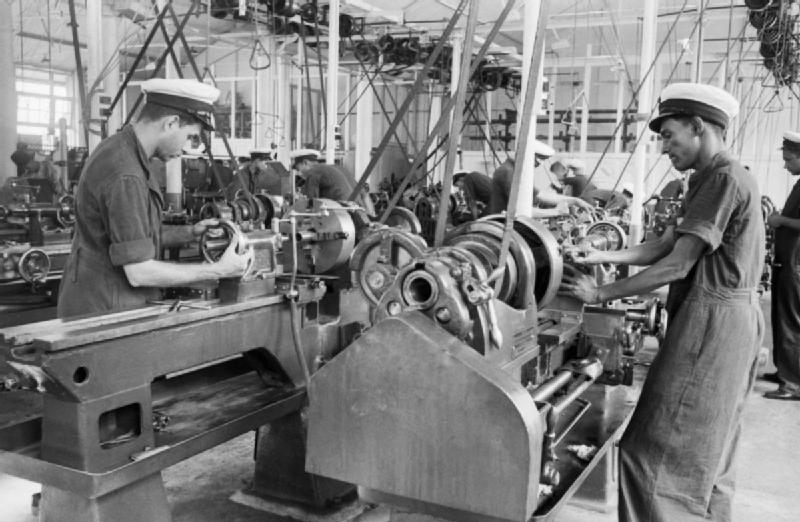
Towards the end of 1940, an expanded Mechanical Training School (MTS) within the dockyard area was planned. The objective was to enlarge the training capacity to 500 naval personnel. Here the first training course of Indian Artificers began. As a result of expansion of the dockyard in the following two years, it became necessary to find another site for MTS outside the dockyard area.
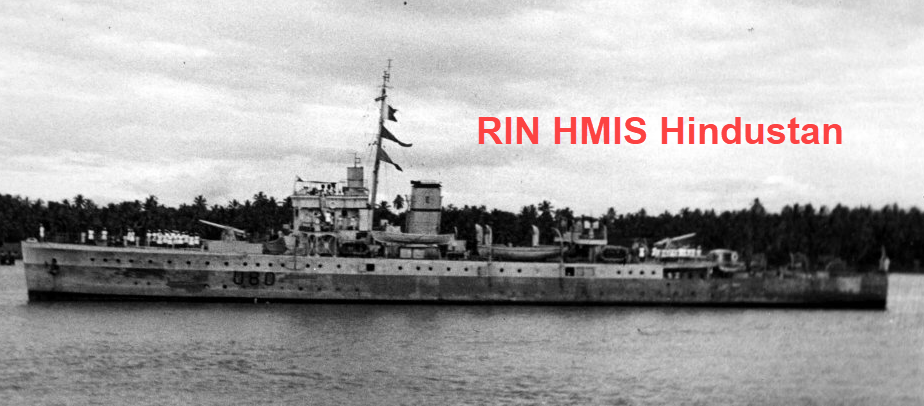
Thirty-nine years after Adm. Fisher’s initiative, the Royal Indian Navy (RIN) started training the first batch of Indian Navy Artificers. They were drawn from various trades of G.D. sailors.
The Second World War sent the whole world into great turmoil; Royal Indian Navy expanded during this period. Navy needed an adequate number of artificers for maintenance of propulsion machinery, auxiliaries, weapons and hull. To meet the need, Navy recruited Diploma holders as Direct Entry Artificers, and gave them short courses at BITS, Pilani. It was only a war-time solution, which happens to be beginning of Indian Navy Artificer Apprentices training.
* HMIS Valsura was commissioned on 15 December 1942 as the Torpedo School of The Royal Indian Navy. It later became the ‘Torpedo and Electrical school.’.in/insvalsura/content/welcome-indian-naval-ship-valsura)
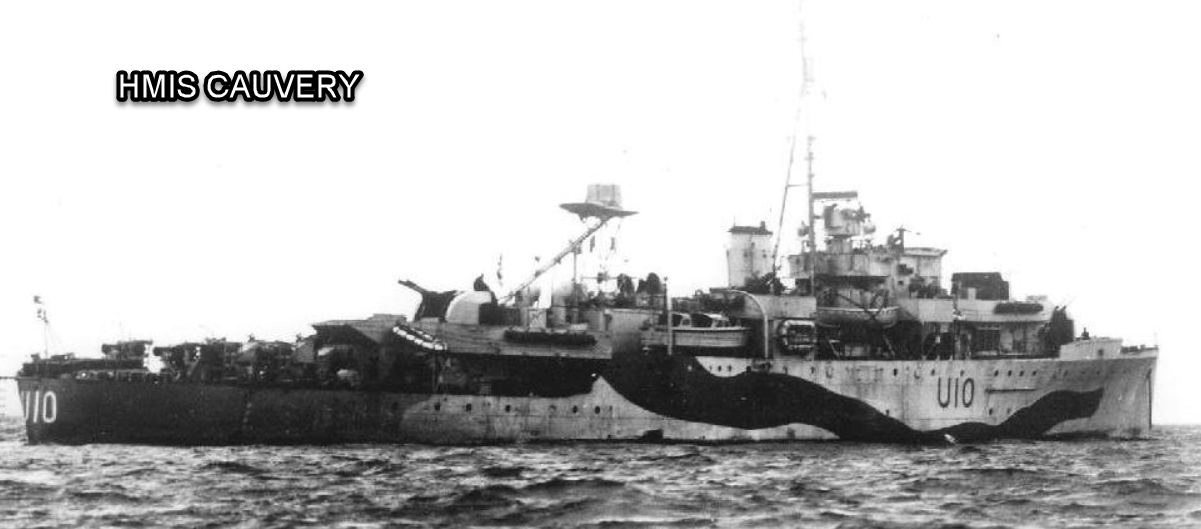
On July,1 Navy approved the new Mechanical Training Establishment (MTE) at Lonavala and construction commenced subsequently. The MTS from Bombay Dockyard was to be relocated to Lonavala. The target date for completion was 31st of May 1944, however, it got ready by end of that year.
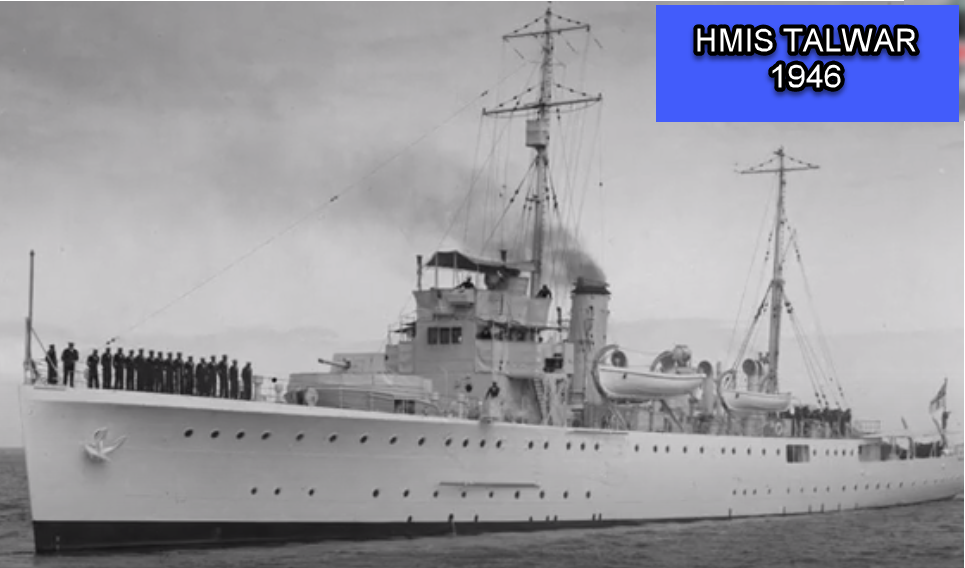
In January the MTE was moved to Lonavala; the Shipwright and Ordinance apprentices were sent to the Shipwright and Ordinance Schools, located behind the Castle Barracks.
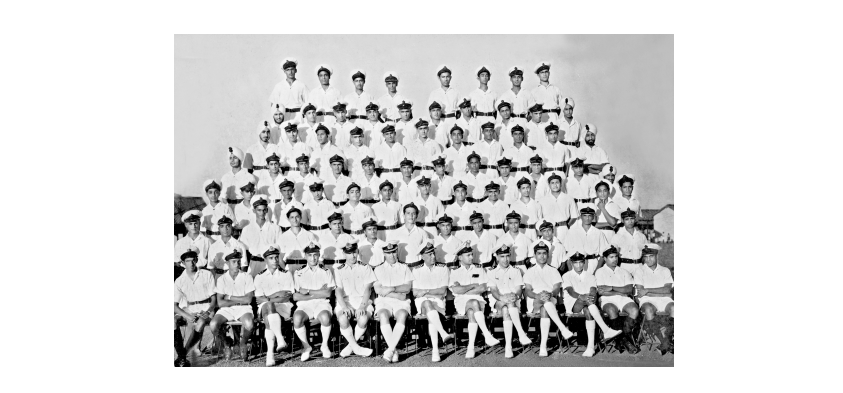
In January, with the 9th course, (Class-9) the first Direct Artificer Apprentices entries was started with 50000 series service number. Whoever Partner is on records as holding a service number 50001 should be dutifully addressed as the “Clan Chief” of the Current Artificer Apprentices entry.
* According to Partner A.V.Balakrishna Varior (EAR, Class-6), there were no direct-entry for apprentices in those days. According to him first eight classes comprised of only the ‘Boy’ entry sailors. In the 4th Class of apprentices there were 10 ERAs and 5 EAs. The Radio and Radar training facilities did not exist in India till 1948. Instead, they were trained in the U.K. It is also interesting to note that Partner Remedios Denis and Partner Varior, were both from initial “Boy” entries; the former was a stoker and the latter a telegraphist, before becoming apprentices.
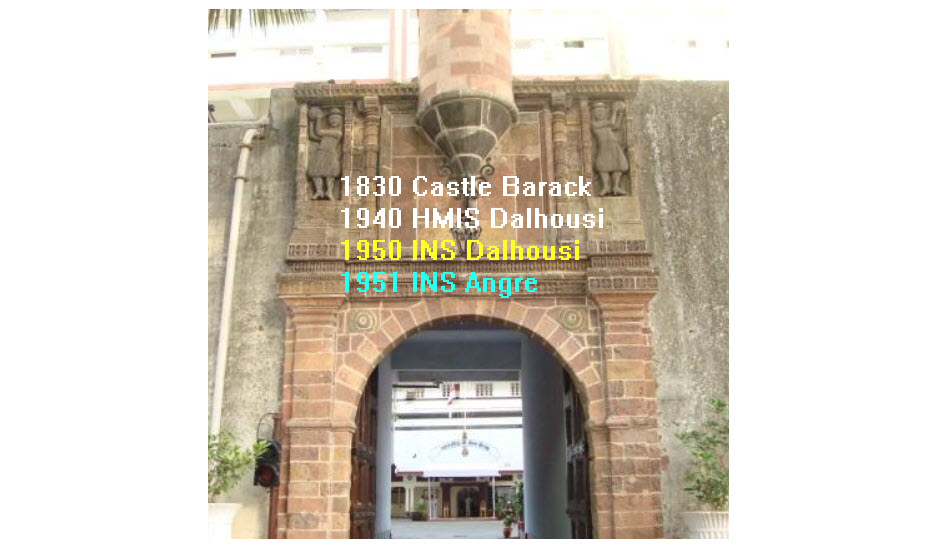
The Shipwright and Ordinance apprentices were sent to the Shipwright and Ordinance Schools behind Castle Barracks
(In 1830, the naval ensign is then known as the ‘Company Jack’ was hoisted on the Castle for the first time when the Bombay Marine was re-designated as the Royal Indian Navy. In 1940, the Castle was commissioned as HMIS Dalhousie and renamed as INS Dalhousie on January 26, 1950. The establishment was renamed INS Angre on September 15, 1951 in the honor of great Maratha Admiral Kanhoji Angre.)
In 1948, the Torpedo School was proposed to be shifted to Naval Base of Cochin and HMIS Valsura became the Electric Training School of Indian Navy; now a premier top of the line Electrical Engineering Establishment in India. (https://www.indiannavy.nic.in/insvalsura/content/welcome-indian-naval-ship-valsura).

Aviation Branch began in 1950 with the induction of 20 ERAs, who received their training in United Kingdom. From Class-14 after B term in INS Shivaji, the six apprentices were sent to Arbroath for Aircraft Artificer training.
* Electrical Artificer Training program was conducted at INS Valsura...
(The name was chosen for the new Torpedo School, Valsura, was derived from the combination of two Tamil words 'Vaalu' meaning sword and 'Sorrah' meaning fish. The choice of the name Valsura was considered appropriate because a variety of swordfish is actually found off the coast Saurastra, and Swordfish was also the name of the famous World War II Torpedo carrying aircraft. The crest of the newly started school showed a swordfish placed amidst two crossed torpedoes and a mine with the Latin motto "Valsura Semper Viret", meaning "Valsura shall always be victorious".)
* the prefix of the ships’ names, HMIS, was replaced with INS (Indian Naval Ship).
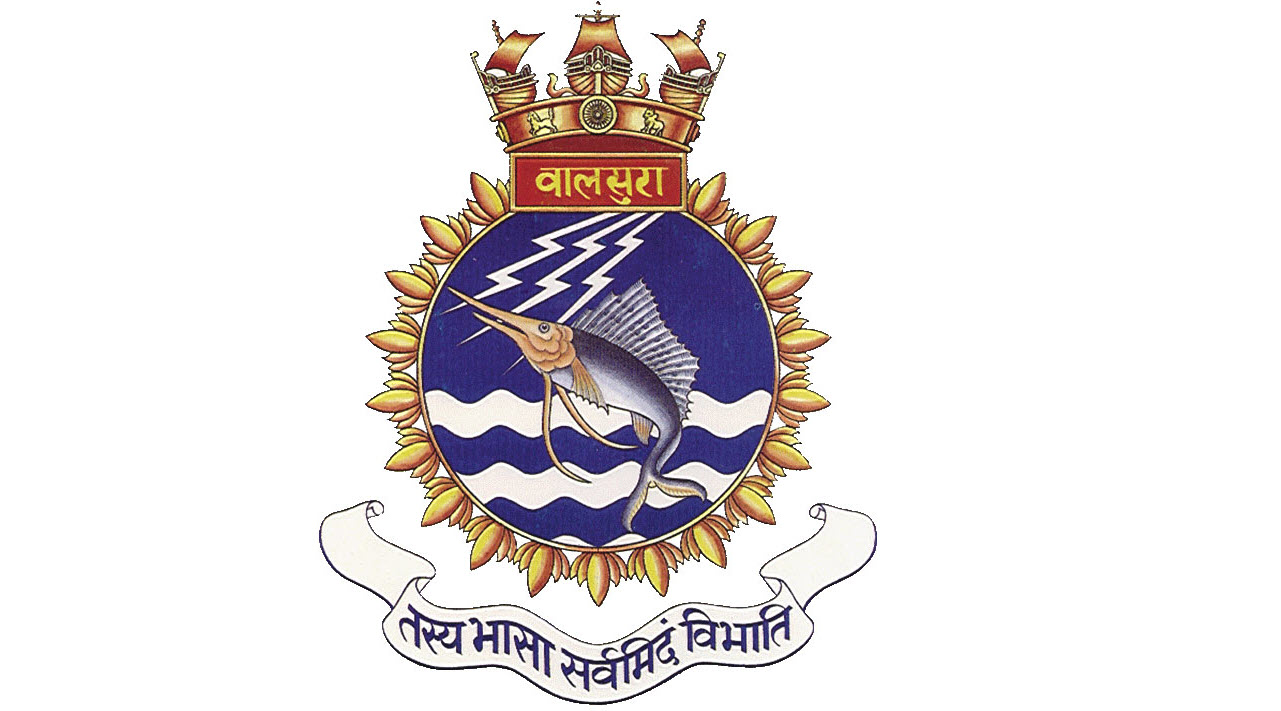
The Electrical Artificer Training Infrastructure was not adequate in INS Valsura. Therefore, till the end of F term, they were trained in INS Shivaji and later sent to INS Valsura for G and H terms.
(India became a republic on 26 Jan 50, the HMIS prefix had to be replaced by INS. The actual implementation took place a few months later on 01 Jul 50. Coincidentally, the then Commanding Officer Lt Cdr DHR Dadabhoy was promoted to Commander on the same day. He was the first Indian from the Indian Navy to command INS Valsura. A new crest had also to be designed since the existing crest did not reflect the true raison d'etre of the Electrical School. The swordfish was, however, retained but it was shown leaping out from the sea with its head and a large part of its body above water, with three streaks of lightning emanating from its head. The motto was changed to "Tasya Bhasa Sarvamidam Vibhati". It was taken from the Upanishads. The English rendering of this motto is "The light that emanates from here, illuminates all".)
INS Garuda was commissioned as a home for the aviation branch.
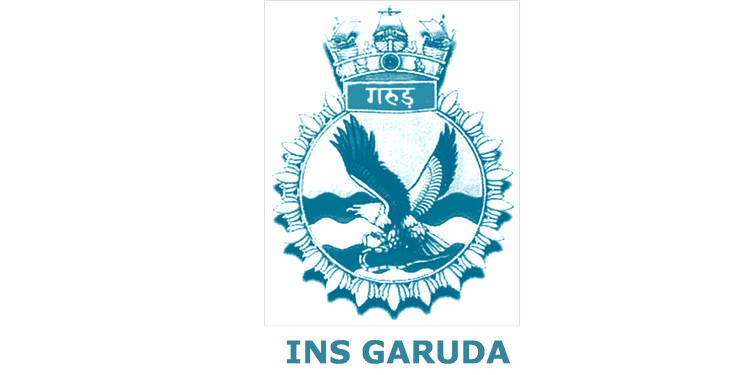
Electrical Apprentices were sent to INS Valsura after E Term and in the subsequent year, from D term onwards. INS Shivaji had become the premier training institute for all artificers across the Indian Navy. Not surprisingly, artificers looked up to INS Shivaji as their main temple of Technology.
INS Garuda (ICAO: VOCC), is an Indian naval air station located in Kochi, in the state of Kerala. Commissioned on 11 May 1953, it is the oldest operating air station of the Indian Navy. The original airstrip near Kochi was built by the Cochin Port Trust to transport senior officials of the British Harbour Corps from the Madras Presidency for supervising the development of modern Kochi port in 1936. During World War II, the rudimentary airstrip was taken over by the Royal Air Force (RAF) in 1941 and expanded to establish an RAF experimental station. The Indian Air Force Volunteer Reserve (IAFVR) No. 5 Coastal Defence Flight, flying Westland Wapiti II aircraft was based at the station in May 1941. In December 1942, IAFVR No. 5 was disbanded, and resources transferred to HMS Garuda in Peelamedu, Tamil Nadu.
In 1943, the Kochi facilities were transferred to the Royal Navy (RN) which established an aircraft repair yard at the location to assemble aircraft shipped to India for the war effort. HMS Garuda was decommissioned in September 1946 at the end of the war, and the Kochi infrastructure was transferred to the DGCA.
The Indian Navy acquired the first Short Sealand aircraft on 13 January 1953. The aviation facilities at Kochi were transferred to the Indian Navy and temporarily placed under the command of the naval base, INS Venduruthy, on 1 January 1953 to prepare for operating the aircraft. The first Sealand aircraft arrived in Kochi from the UK on 4 February 1953.
The facilities were commissioned as a fully operational naval air station under the command of the Indian Naval Air Arm on 11 May 1953 and renamed INS Garuda. Commodore G. Douglas, was its first Commanding Officer.
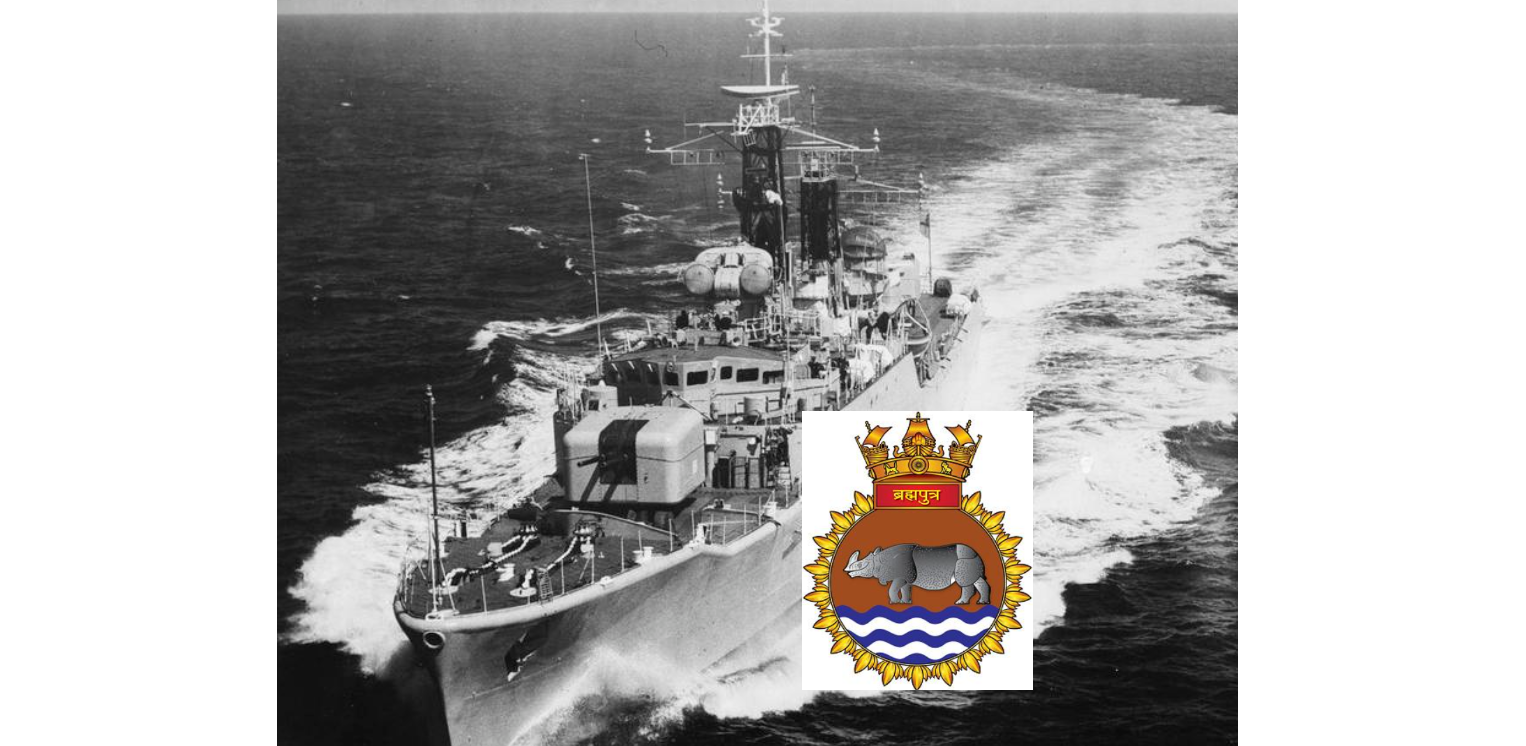
INS Bramhputra was commissioned, and with it, the electrical system saw a move away from DC (Direct Current) and towards AC (Alternating Current). It was a significant evolution in technology, which in turn necessitated an entirely new training curriculum for Electrical Artificers.
(On 28 June 1951, the British Admiralty ordered the fifth anti-aircraft frigate of the Leopard-class for the Royal Navy, to be called HMS Panther. In 1954 the Indian Navy ordered three Leopard-class frigates from the United Kingdom, with Panther, yet to be laid down, transferred to the Indian order as INS Bramaputra. They were envisioned in late World War II and immediately after as part of the 1944 project for a common hull anti-submarine warfare (A/S), anti-air warfare (A/A), and A/D frigate, and the design of the Type 41 was completed by December 1947)

OA - Ordinance Artificers training was abolished from Indian Navy in 1956. Class-24 was the last batch. The story of the birth of the branch itself is very interesting. One third apprentices of Class-11 in 1948 were allotted ordnance branch after a trade allocation test.
Those were the days when all the toppers craved for engine room branch. When INS Mysore with those mighty 6” triple turrets and MRS 6 as their control system was commissioned in UK. It served to be the last glory for OAs of Indian Navy.
* Naval Air Technical (NATS) School was established in 1956 at INS Garuda. Housed in a hangar across the runway, it was shared by the civil aviation for their passenger operations. Naval Air Technical School (NATS) in the wake of the induction of the amphibious Sea-Land aircraft in 1956, has grown and evolved over the years and can be counted today among the premier training establishments of the country.
The school has now evolved into the Naval Institute of Aeronautical Technology (NIAT). The growth of the Institute has been rapid especially over the last decade. The institute is recognized as a ‘Centre for Aeronautical Science and Technology’ by Cochin University’ with the offering of a host of academic qualifications for courses conducted at the institute such as M Tech, B Sc, and Diploma in Aeronautics etc.
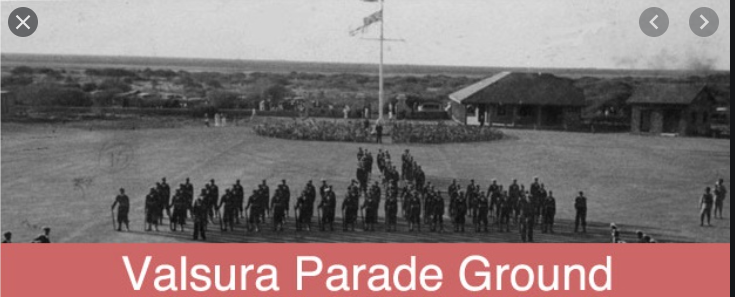
OA training continued till Class-24. By then many of them had been commissioned as Ordnance Officers. In order to be Engineer Officers, Electrical Officers or Electrical Artificers, they had to go through brief conversion courses thus turning them into EAP (Controls), EAP (Mounting), ERA (Weapons), and ERA (Engine Room Artificers). Subsequently, the Apprentices training from Class-25 onwards had streams; EAP(Controls) and EAP(Mounting)- a practice that continued till Class-36.
* Electrical Artificers Apprentices were sent to INS Valsura after B-Term for further training.
* 17 ERAs were sent to the UK for conversion to Air Artificer training.
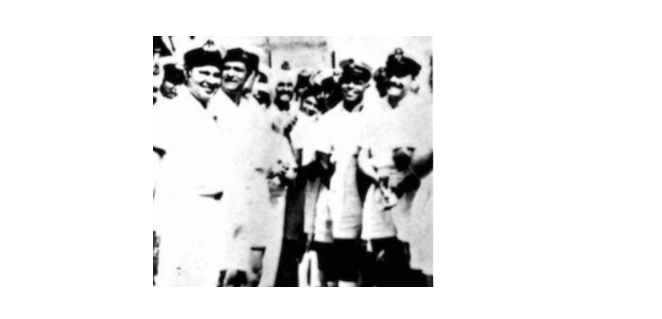
Fore and Aft dress was worn by Apprentices including the 5th Class Artificer till 1958. From this year onwards, Apprentice dress code changed to Square rig.
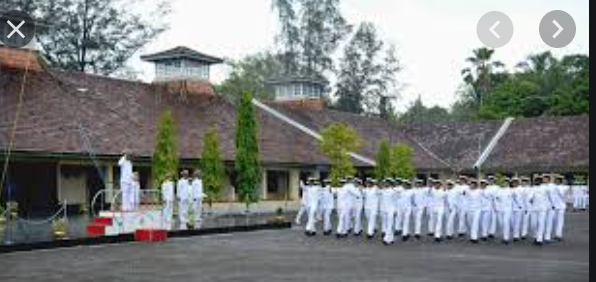
With Class-32, Air Artificers (AAs and EAARs) Apprentice training started at NATS, INS Garuda. Conversion from ERA to AA was stopped. The 31st Class was the last of that series.
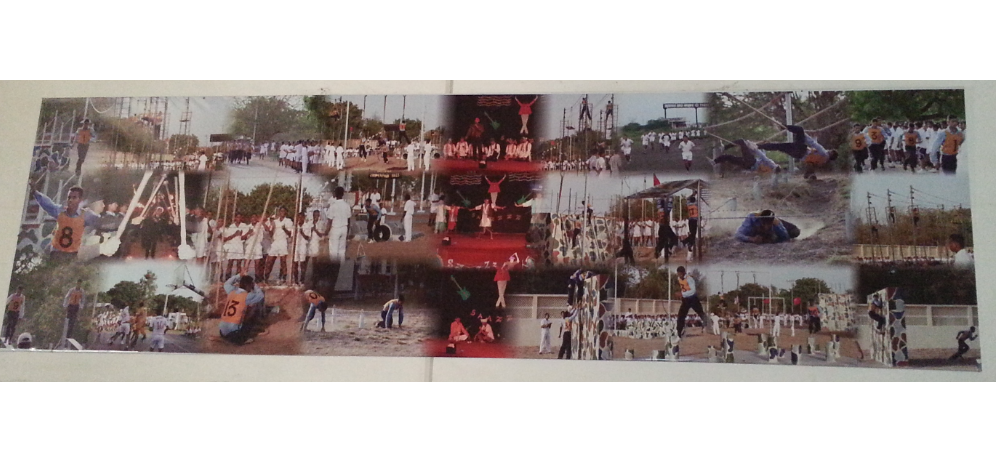
From Class-37 onwards, Control and Mounting streams were merged into a single EAP (Electrical Artificer - Power) stream.
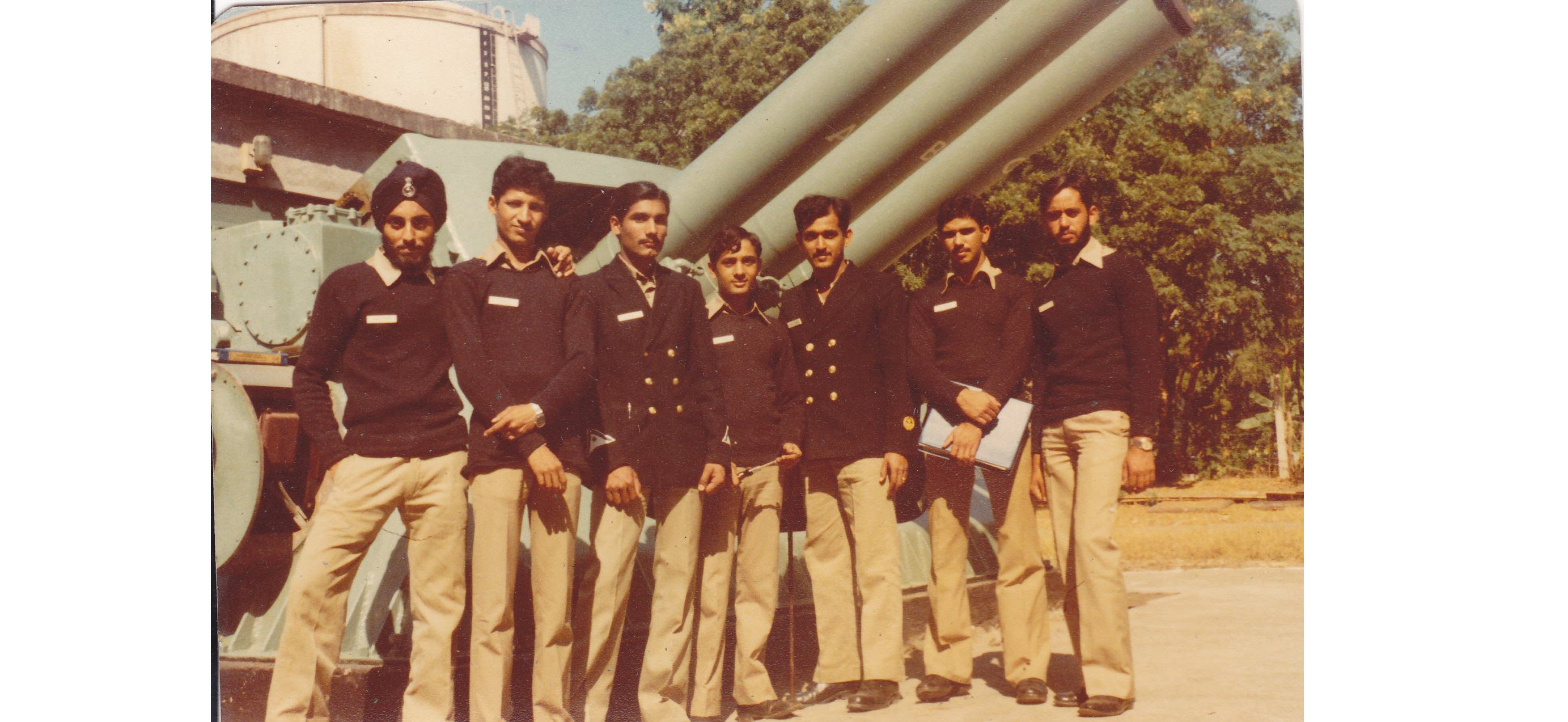
Square rig as dress code was replaced with Fore & Aft dress for all. The Artificer Apprentice Entry personal number, 52500, was the last of the “50000” series. Apprentices recruited then on were given personal numbers in 190000 series.
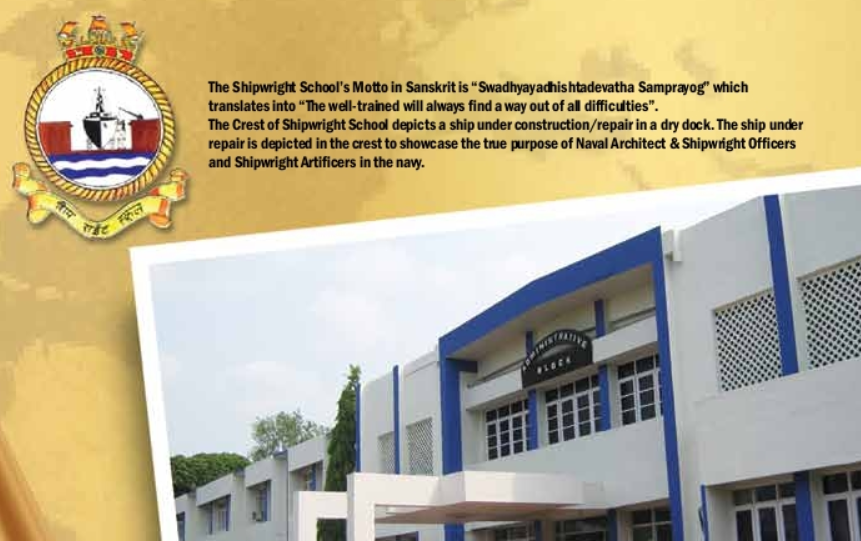
Shipwright School, which was in operation at Mumbai since 1943, moved to INS Viswakarma. https://www.indiannavy.nic.in/content/shipwright-school-0.
Shipwright school was established in Naval Barracks, Mumbai - INS Angre in 1943 for training the Shipwright Artificers. The school was shifted to Vishkhapatanam as INS Viswakaram in 1981
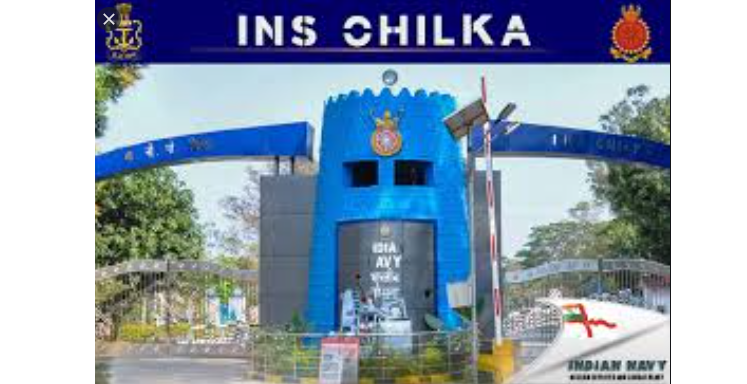
From Class-91 onwards, B&D (Basic and Divisional) training was conducted at INS Chilka for two months, following which they were sent to either INS Shivaji or INS Valsura for the core specialization in Mechanical (ERA) and Electrical (EA) streams. Aviation (AA) apprentices of both these streams went to Naval Air Technical School, NATS, at INS Garuda, Cochin post completion of A & B term. Shipwright (SWA) apprentices were sent to INS Vishwakarma, at Vishakhapatnam.
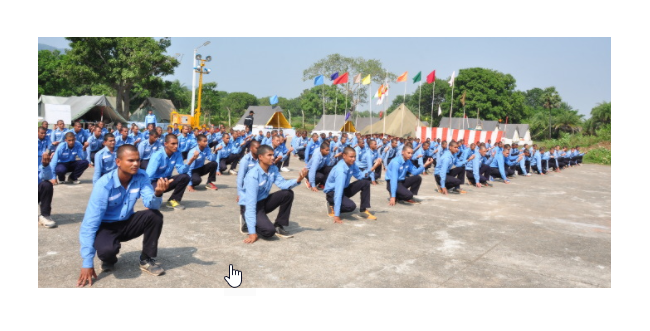
Artificer Apprentice final selection process was moved from INS Shivaji to INS Chilka. Post selection, they went through a nine-week B&D at INS Chilka followed by a week-long NBCD course at INS Shivaji. Upon completion, the apprentices would move to their respective branch-wise schools.
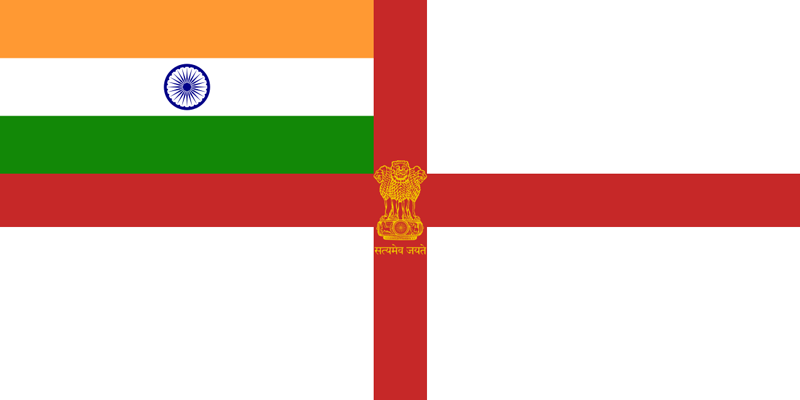
End of Artificers Training in Royal Navy - The Royal Navy did away with artificer ‘ratings’ altogether. The last batch of artificers passed out in 2010 marking the end of a legacy spanning 141 years in Royal Navy, but it is still continuing in Indian Navy.

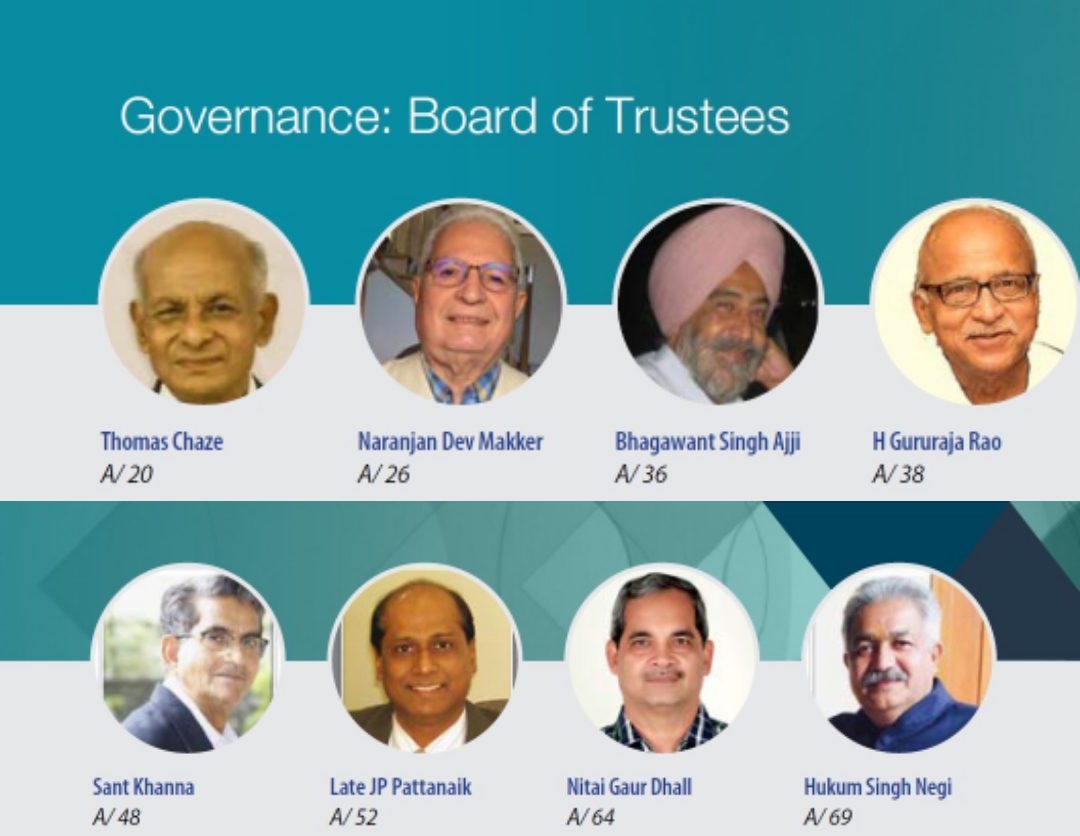
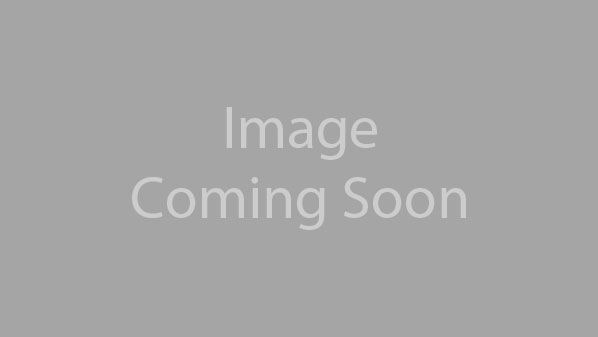
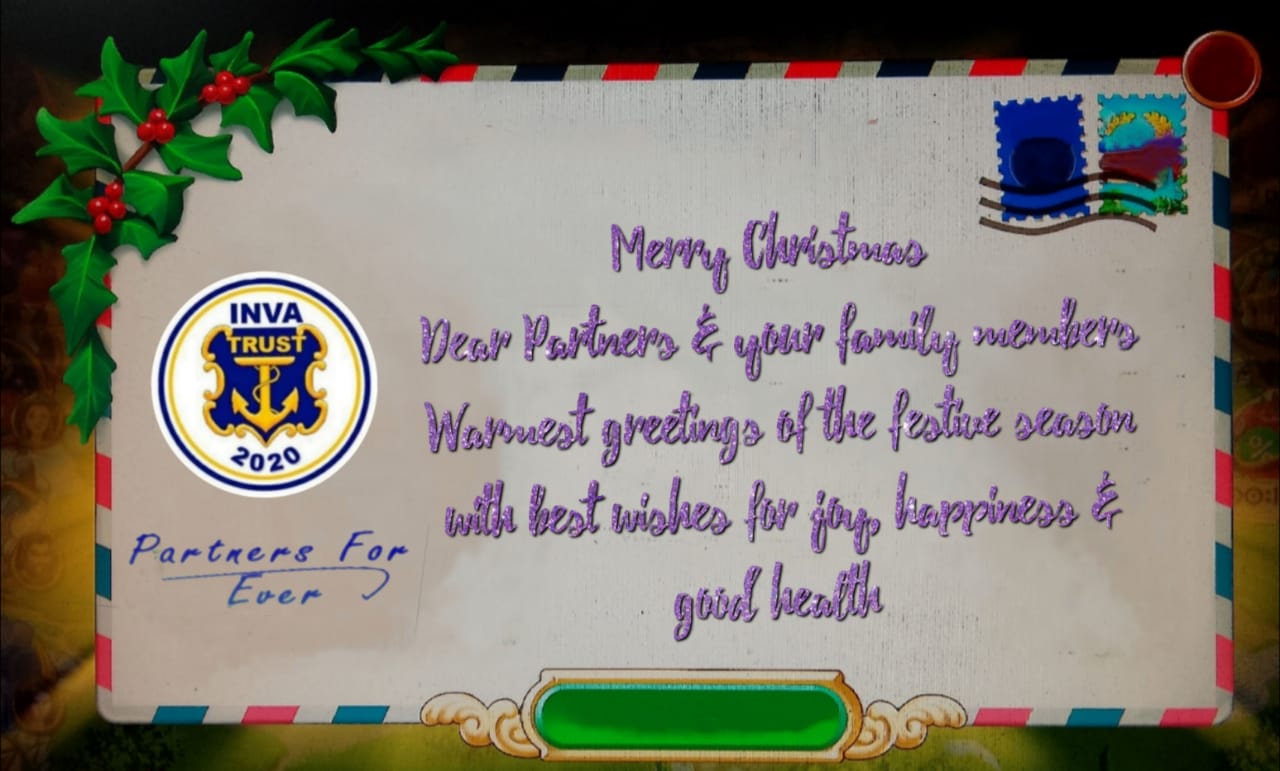



.jpg)

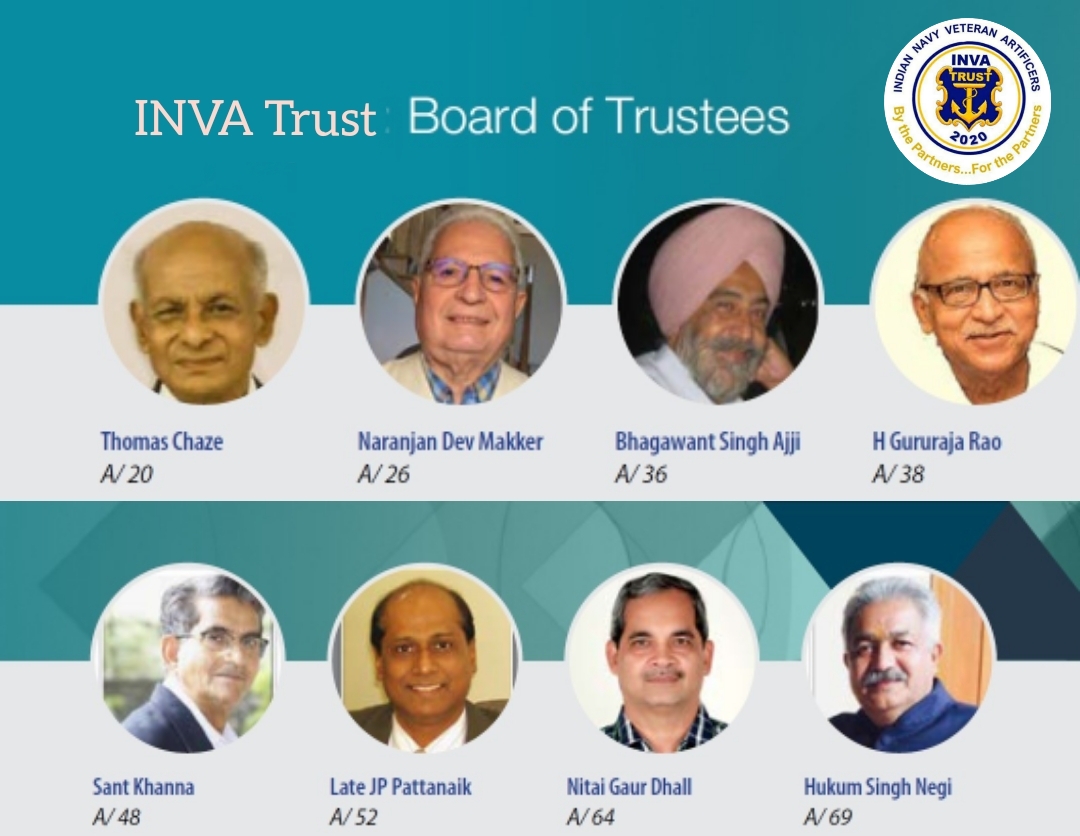

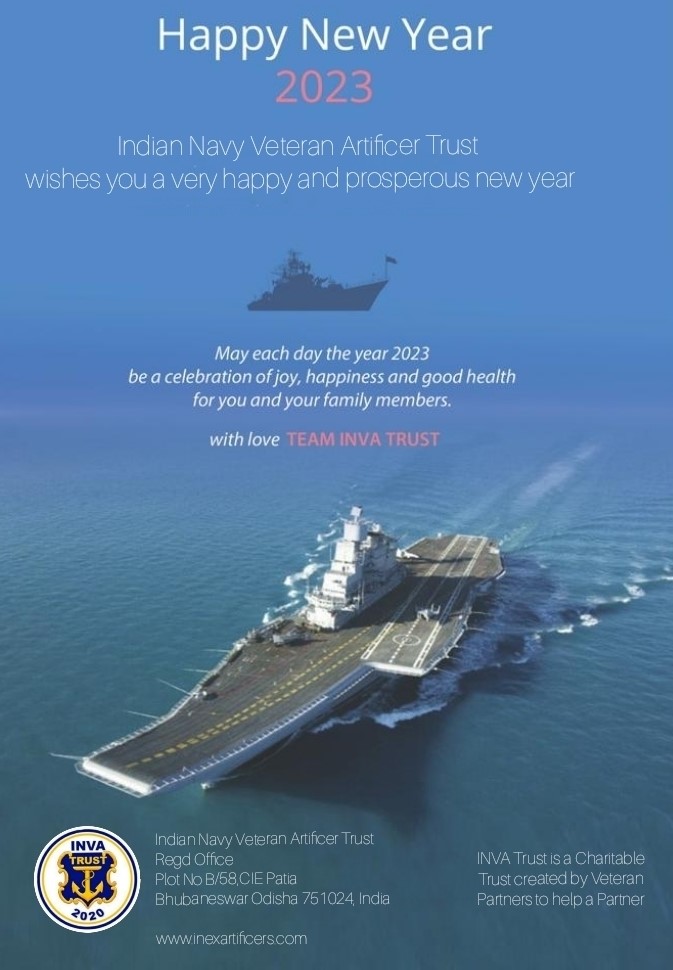

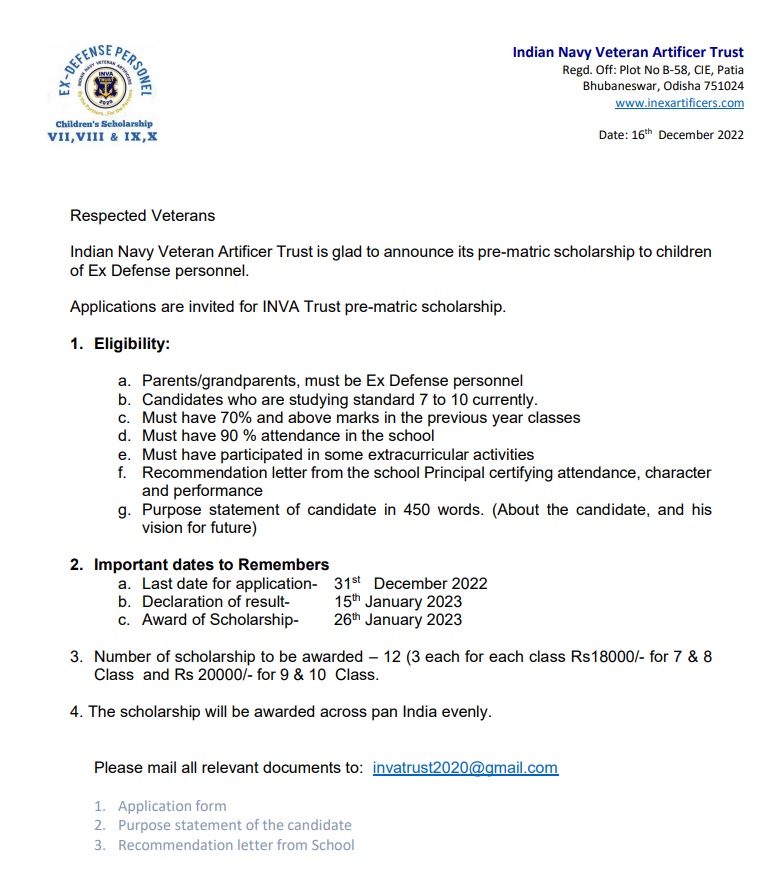



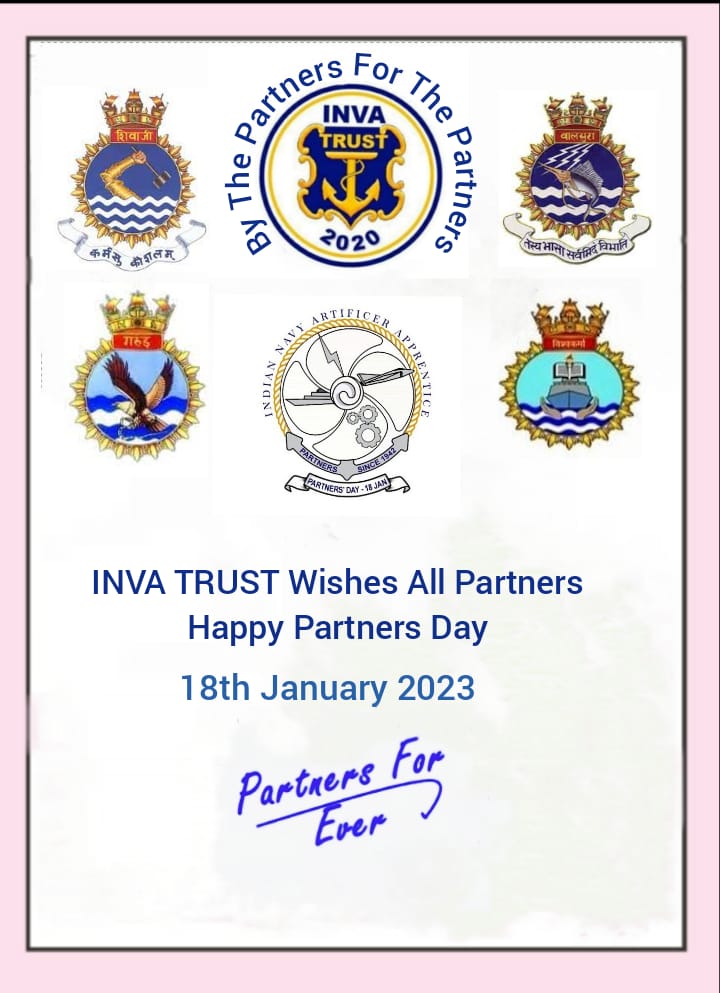



Indore Exam 2022
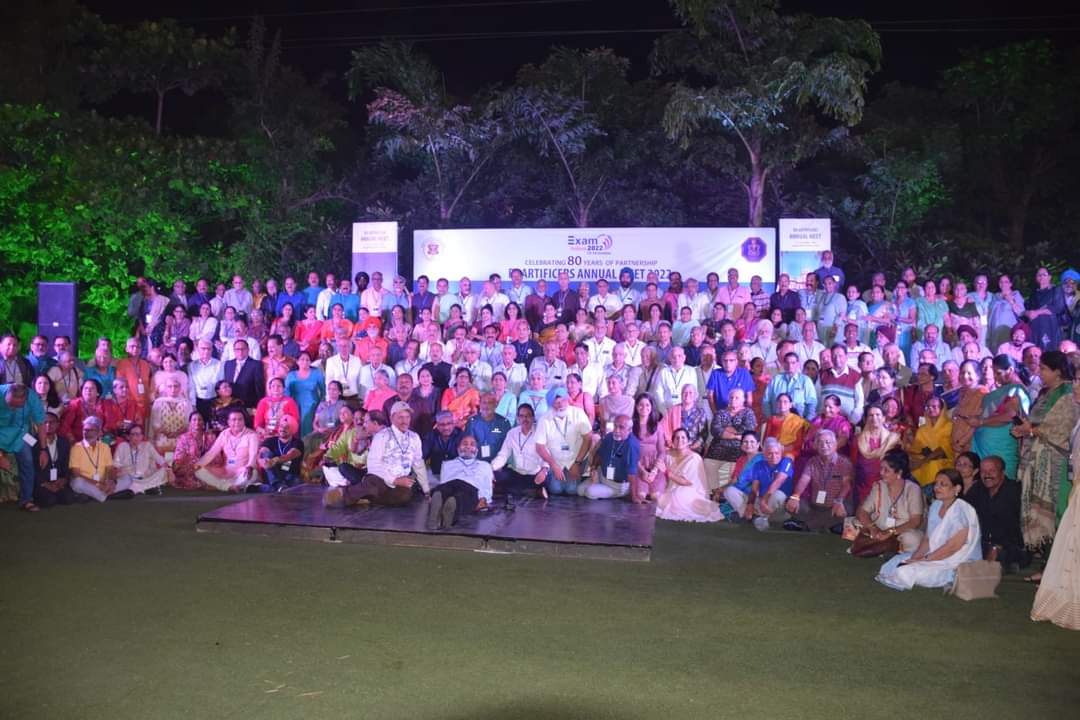
Exam Indore 2022

ExamIndore 2022

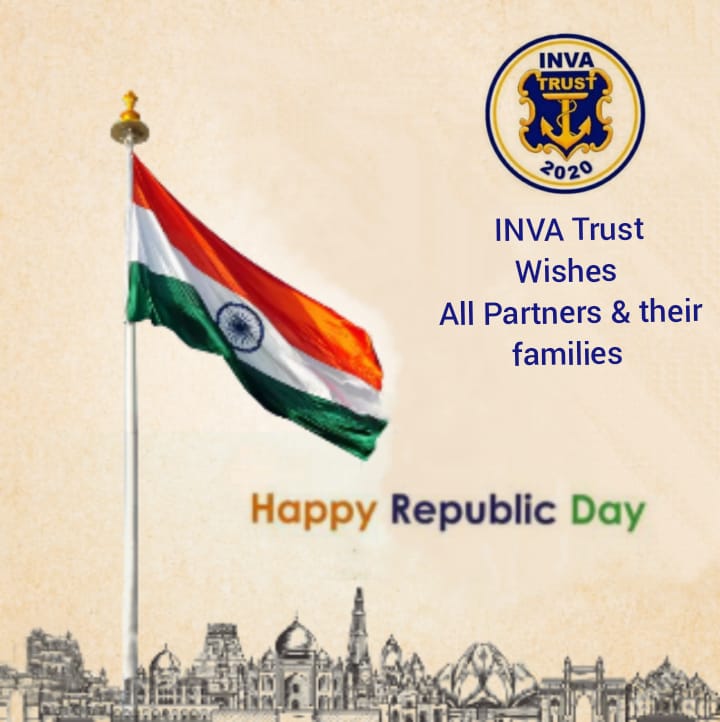

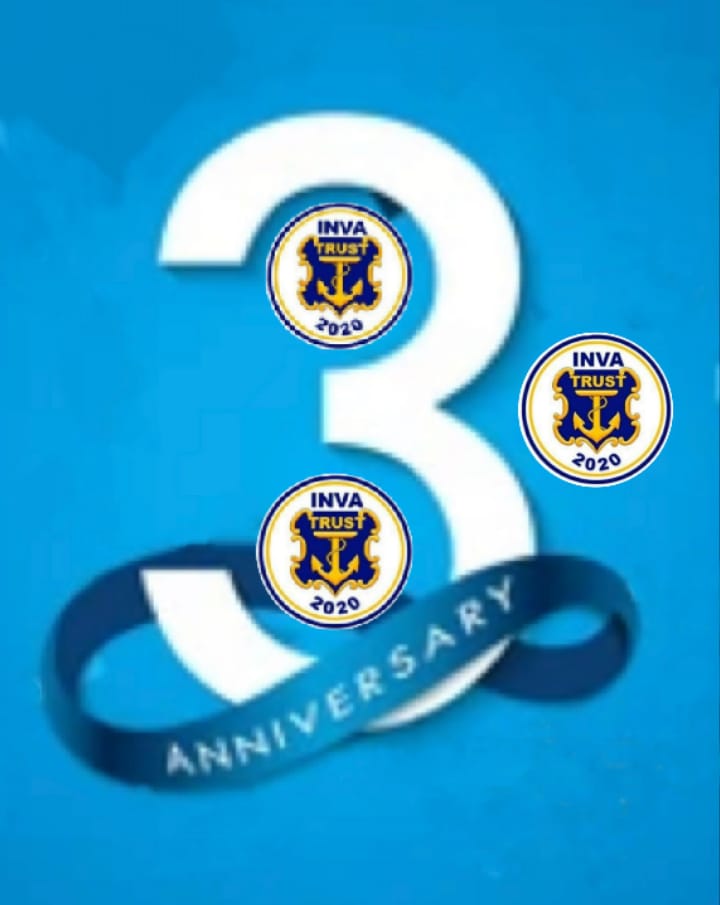
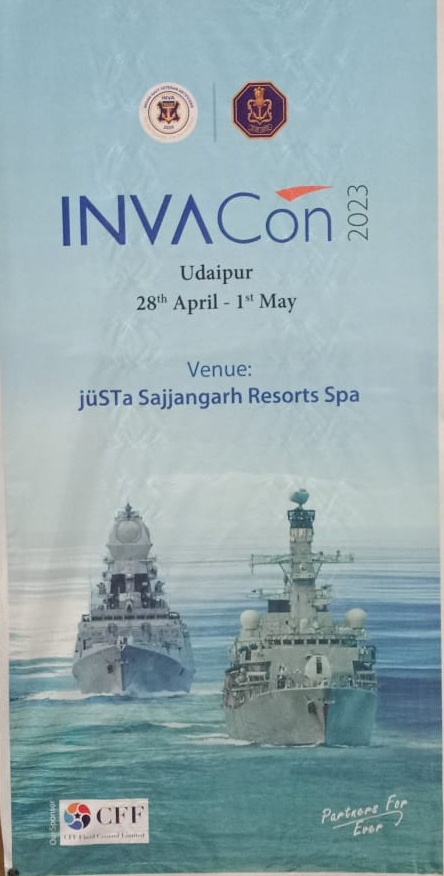
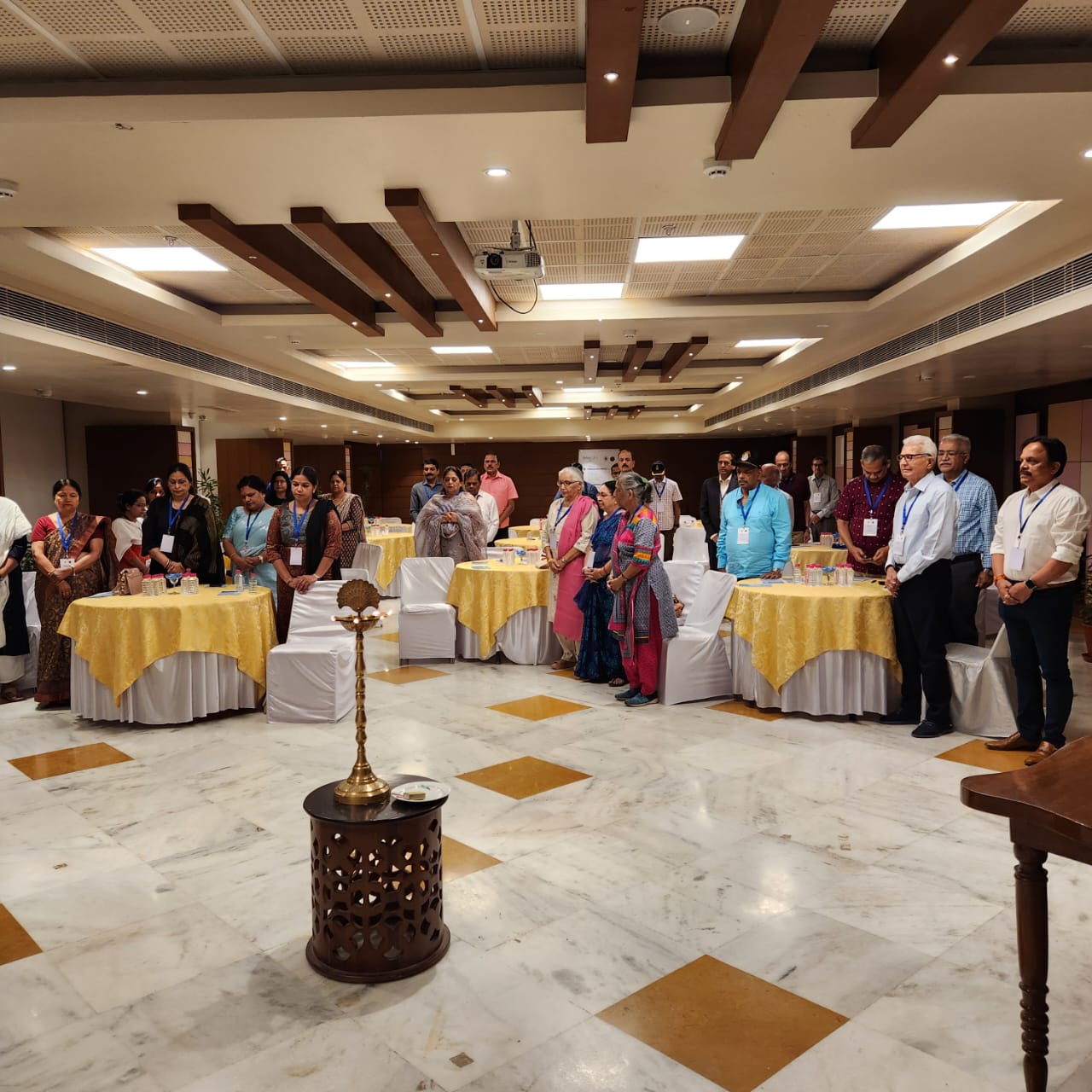
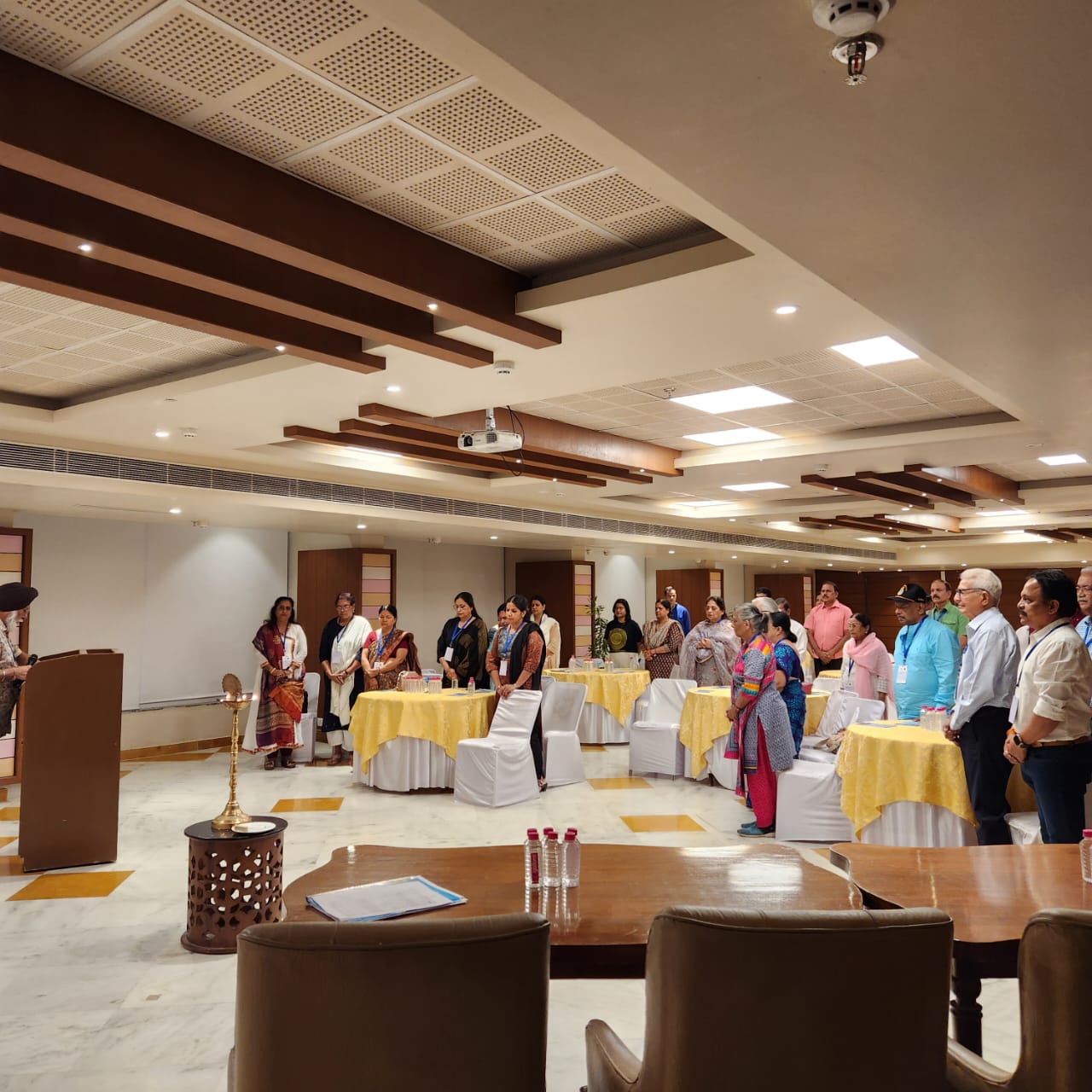

INVA CON (Udaipur) 2023

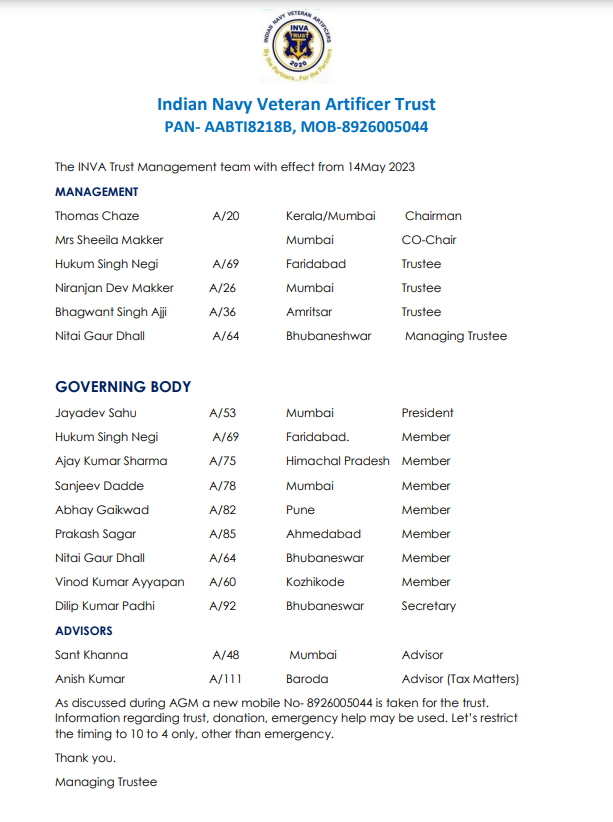
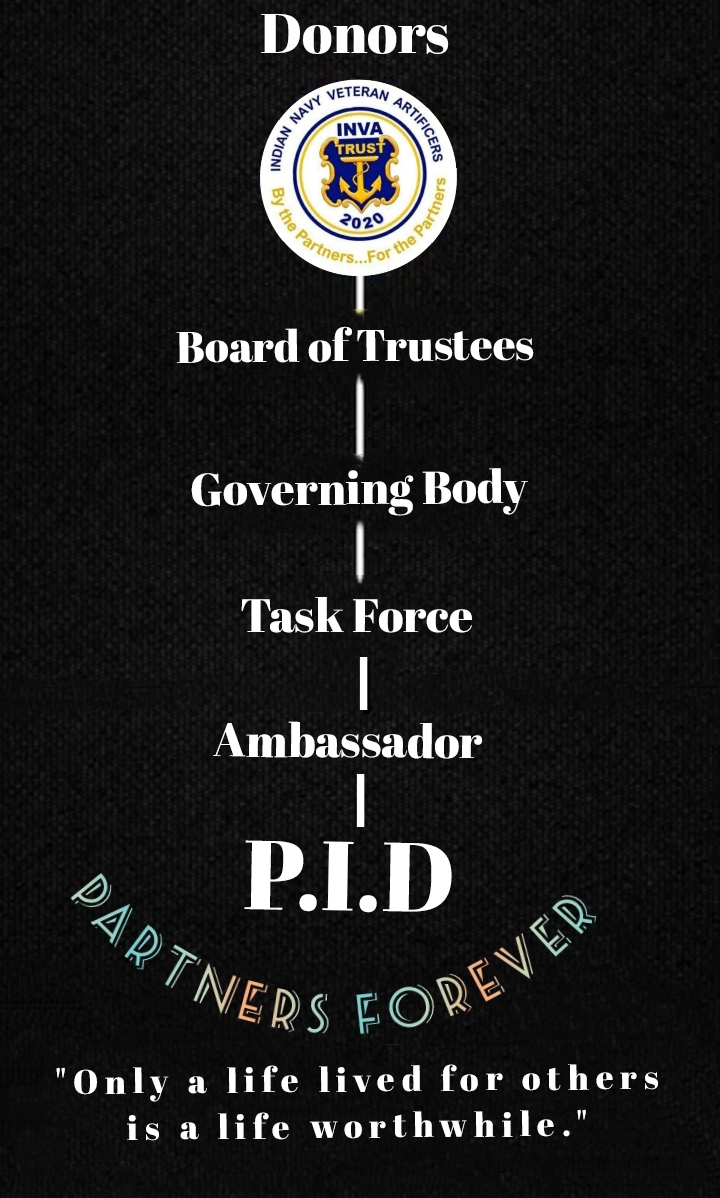
Donation

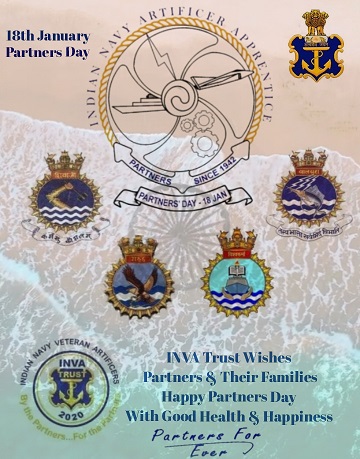
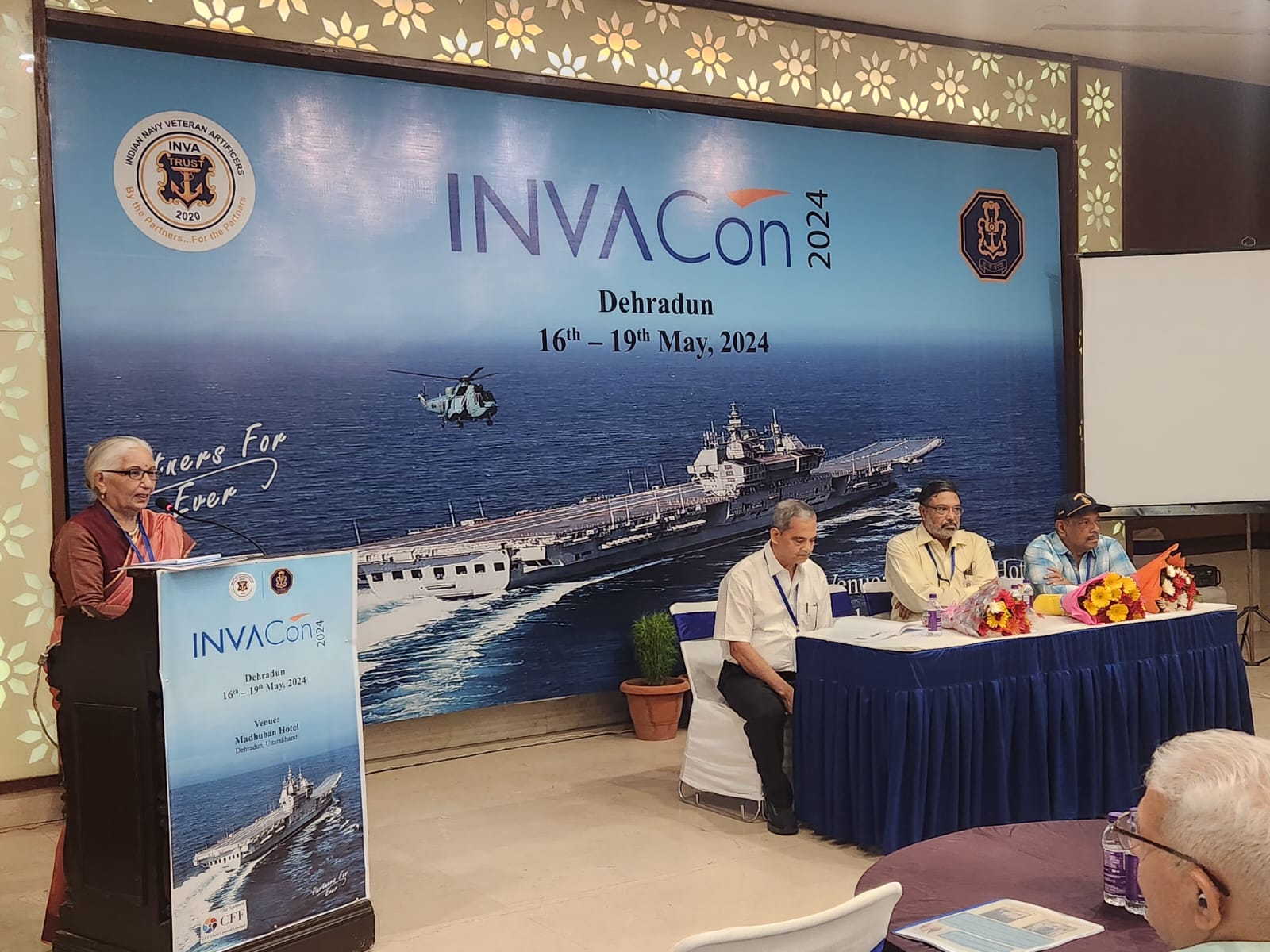
INVA-CON 2024
Dehradun
16th–19th May 2024
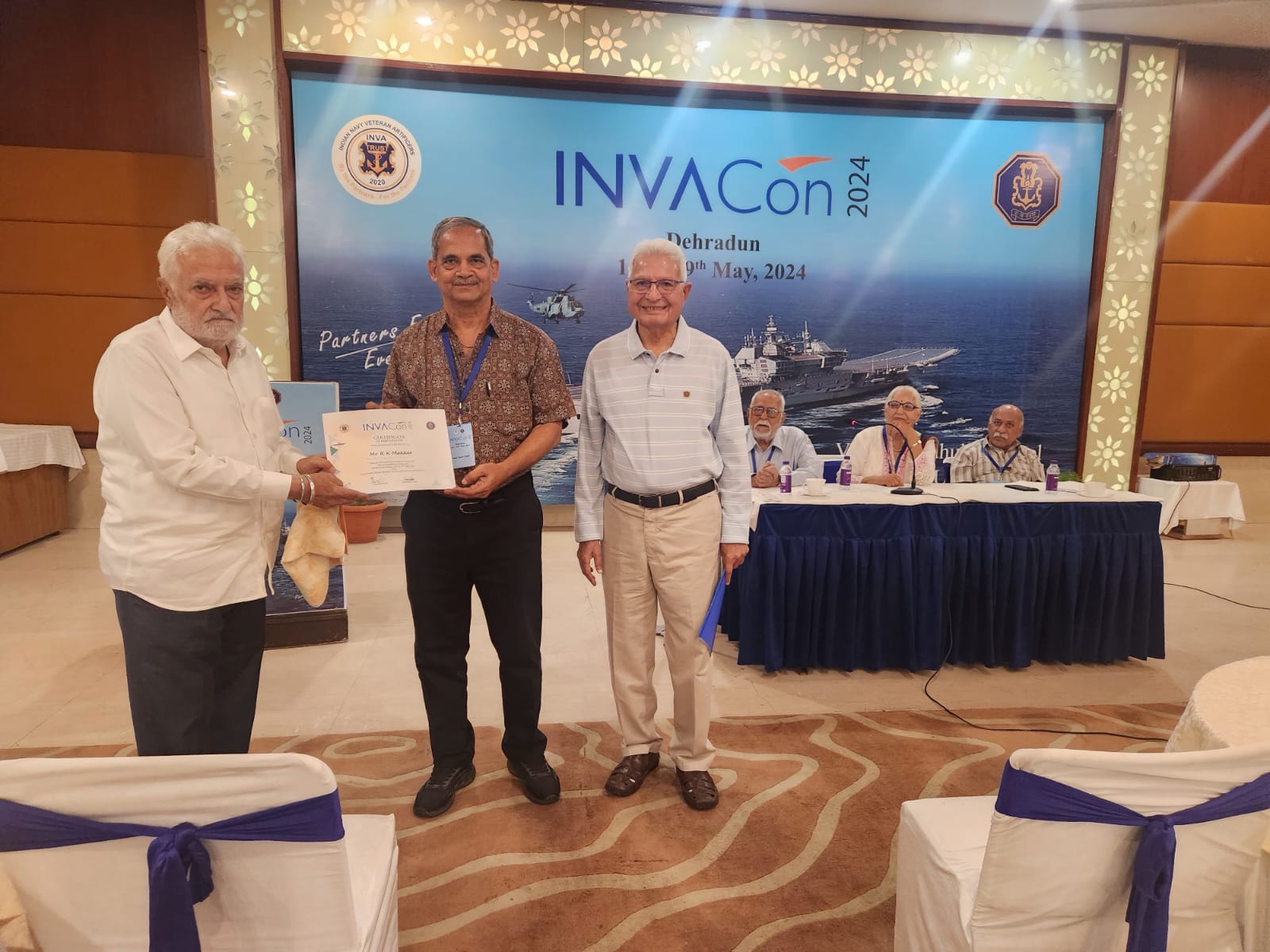
INVA-CON 2024
Dehradun
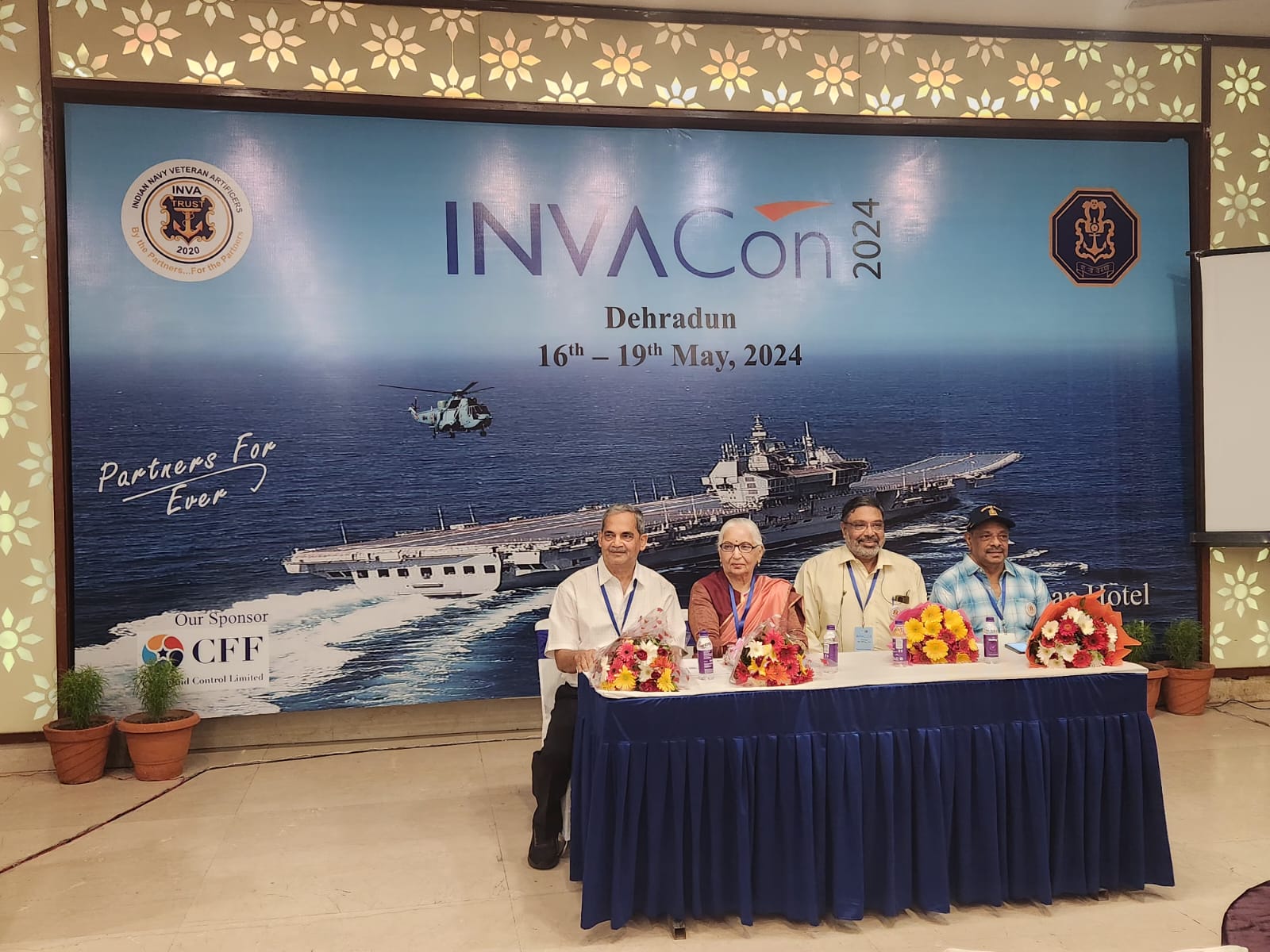
INVA-CON 2024
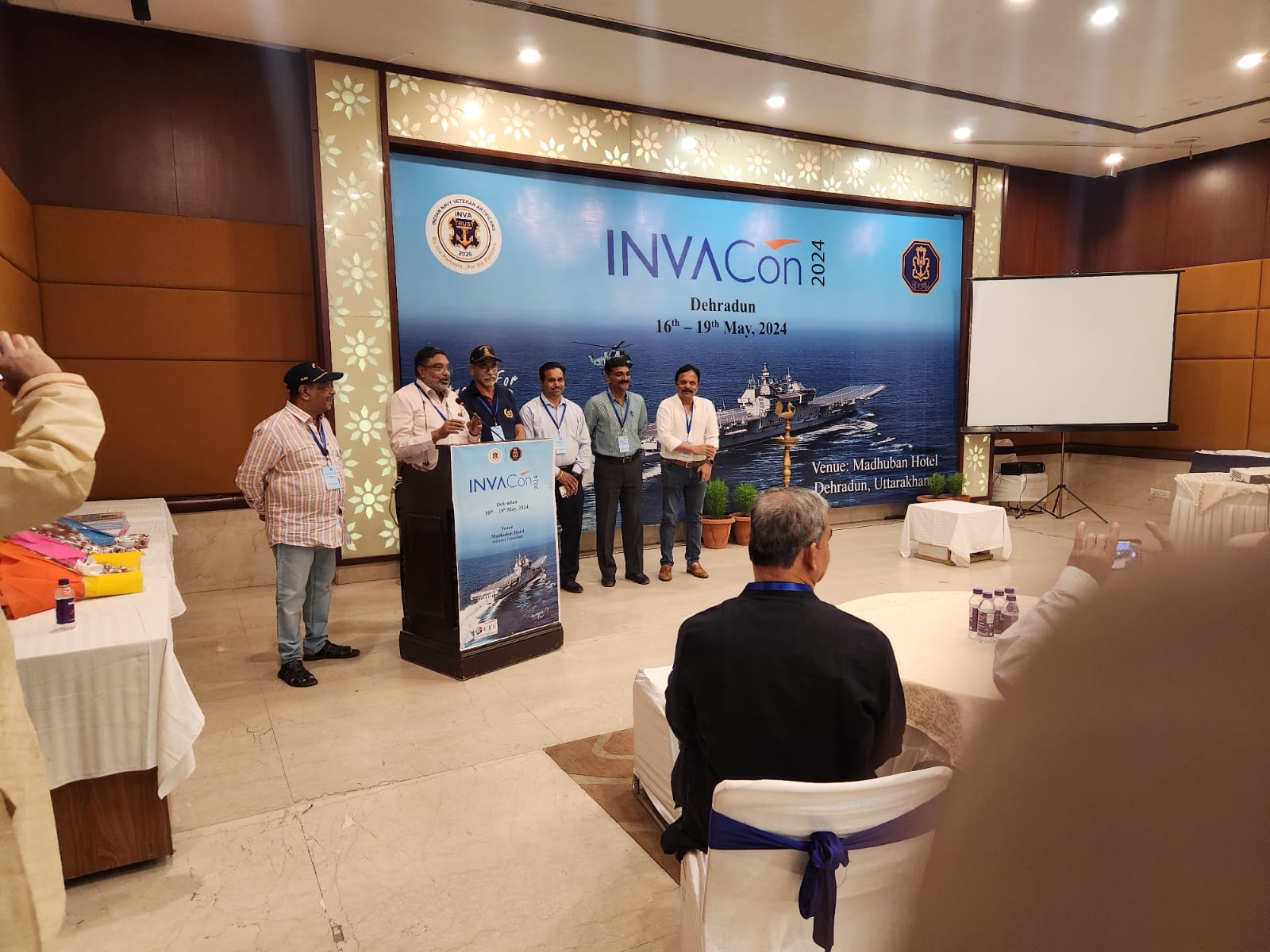
INVA-CON 2024
16th-19th May
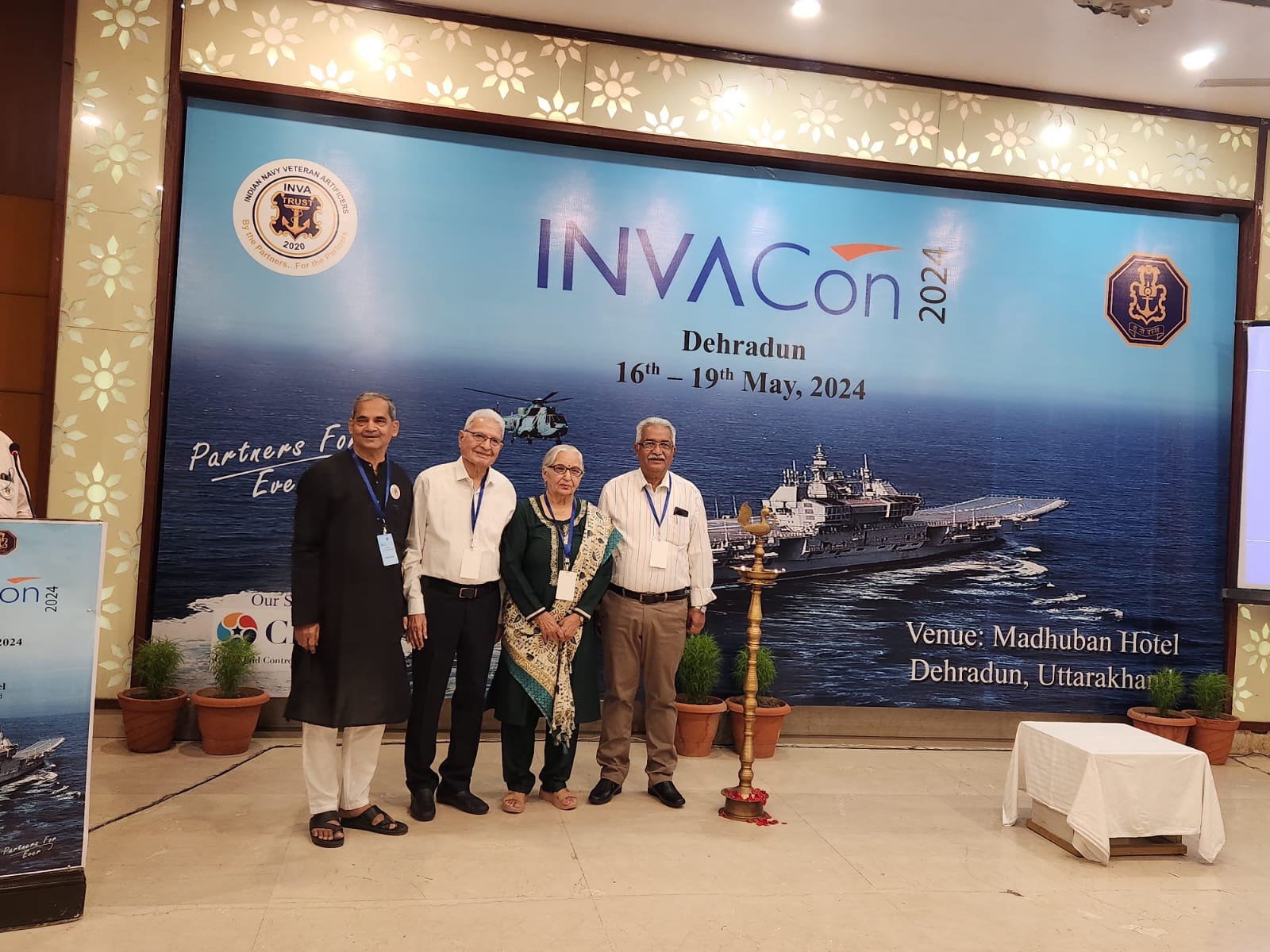
INVA-CON 2024
Dehradun
16th-19th May 2024
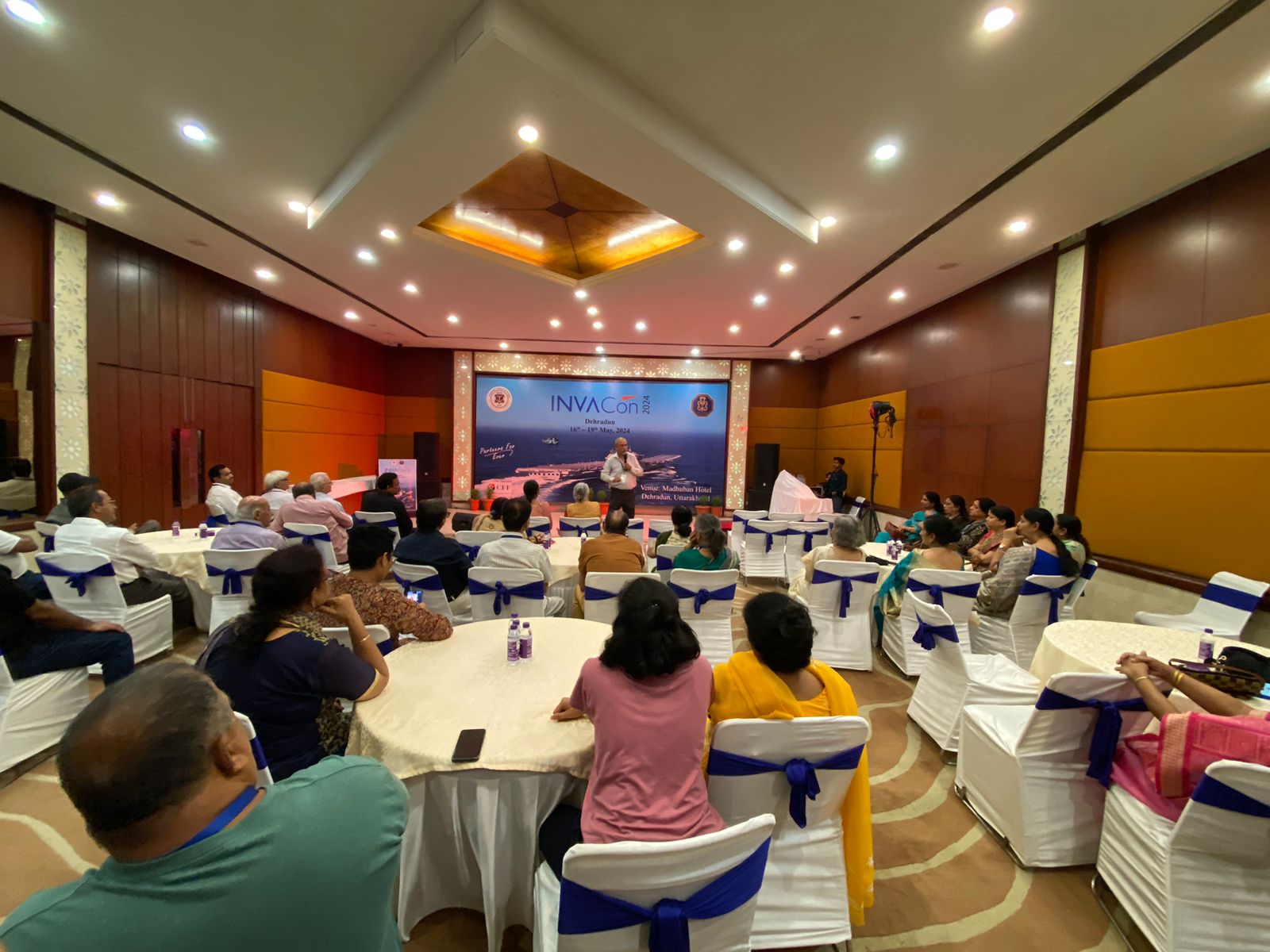
INVA-CON 2024
Dehradun
16th -19th May 2024
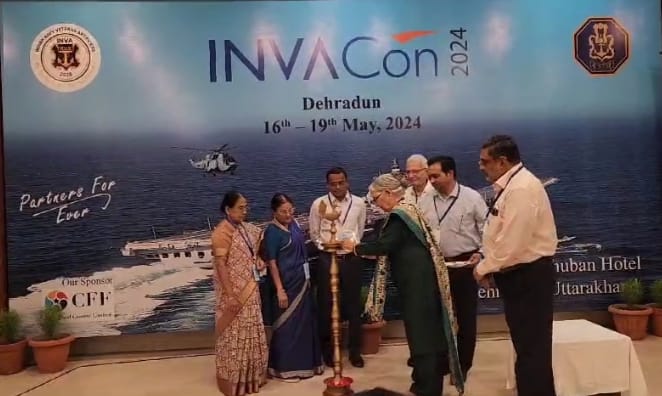
INVA-CON 2024
16th–19th May 2024
Dehradun
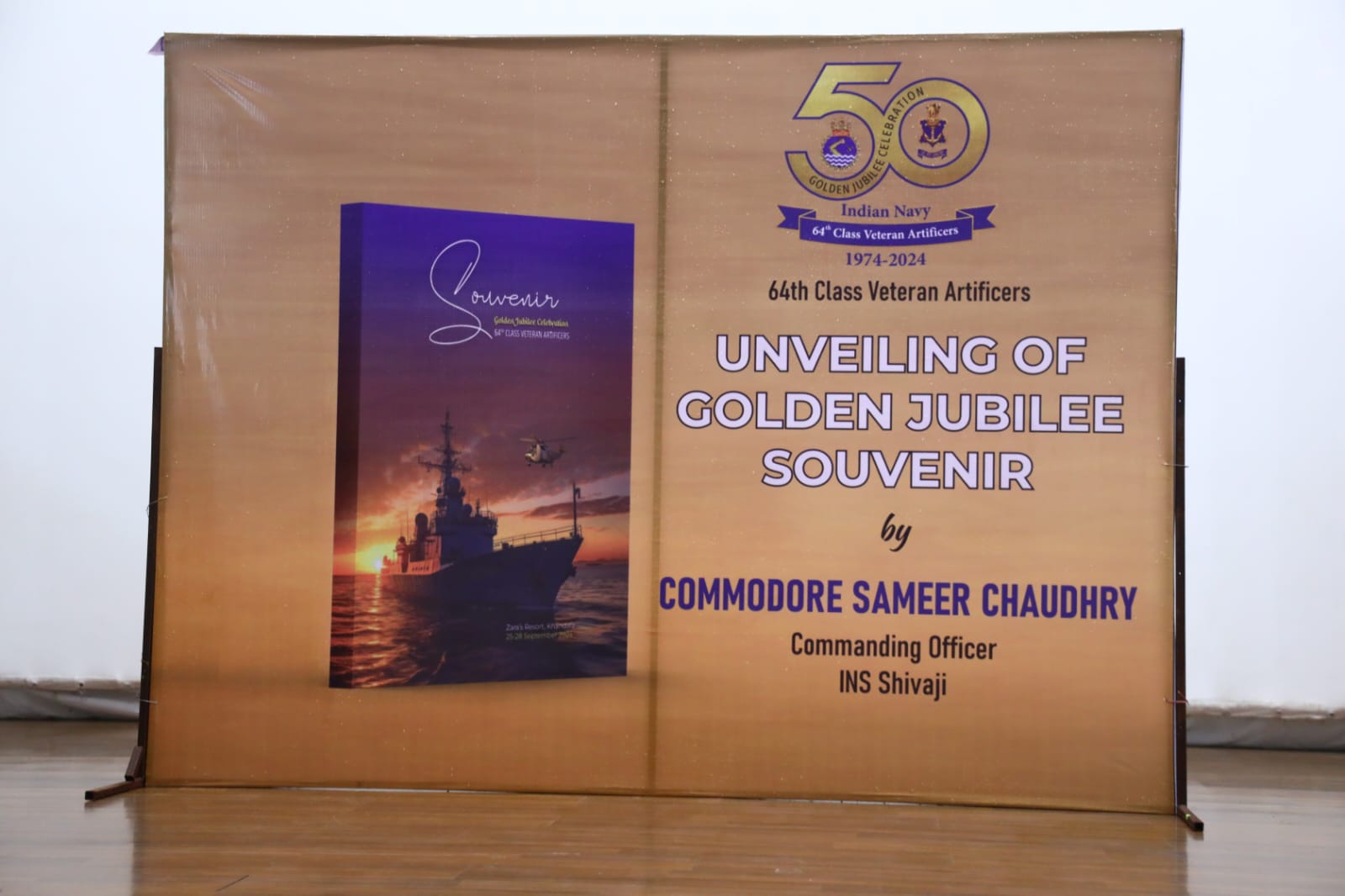
Golden Jubilee Re-Union 64th Class Partners at INS Shivaji
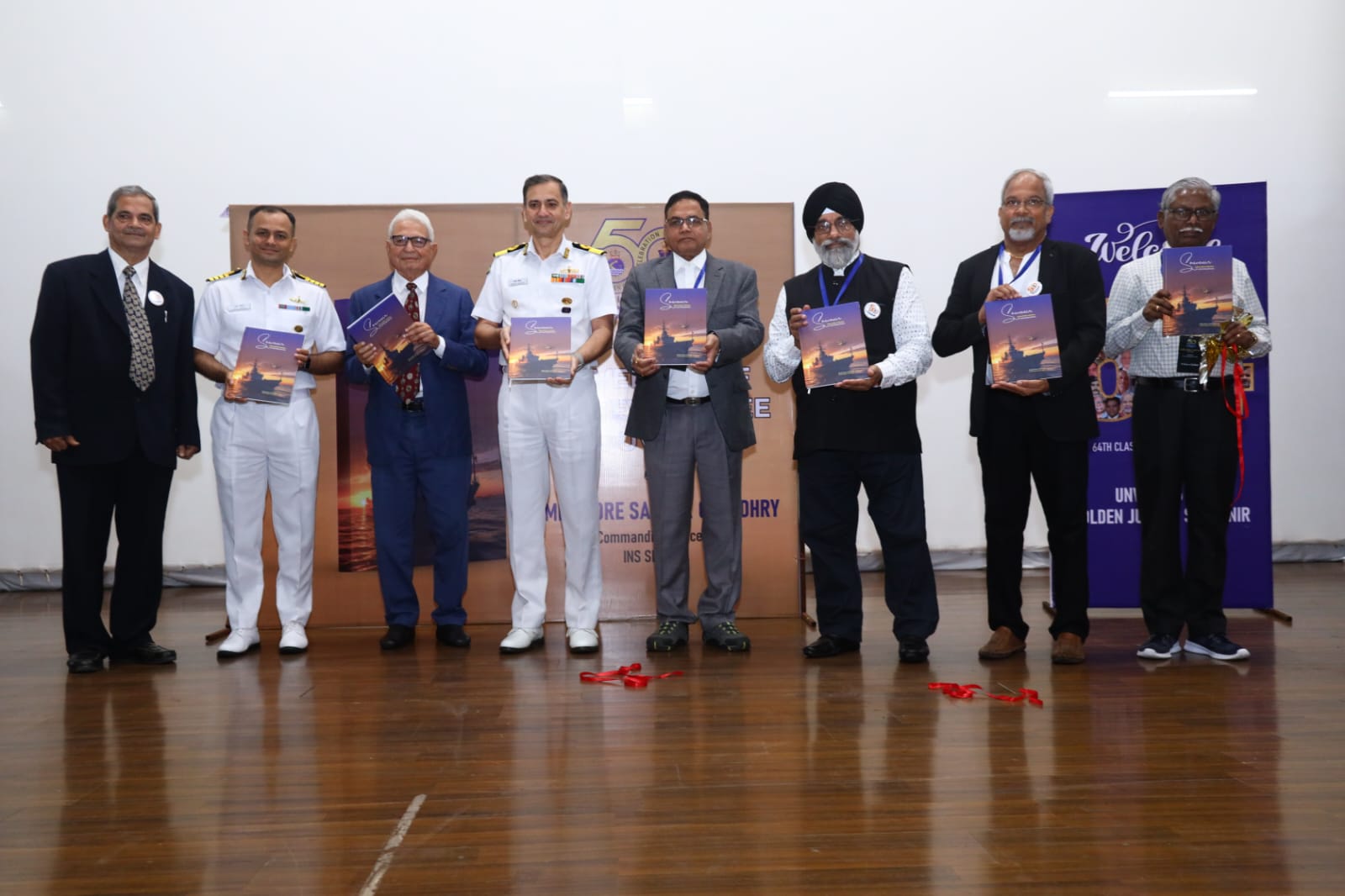
Golden Jubilee Soviernor unvealing
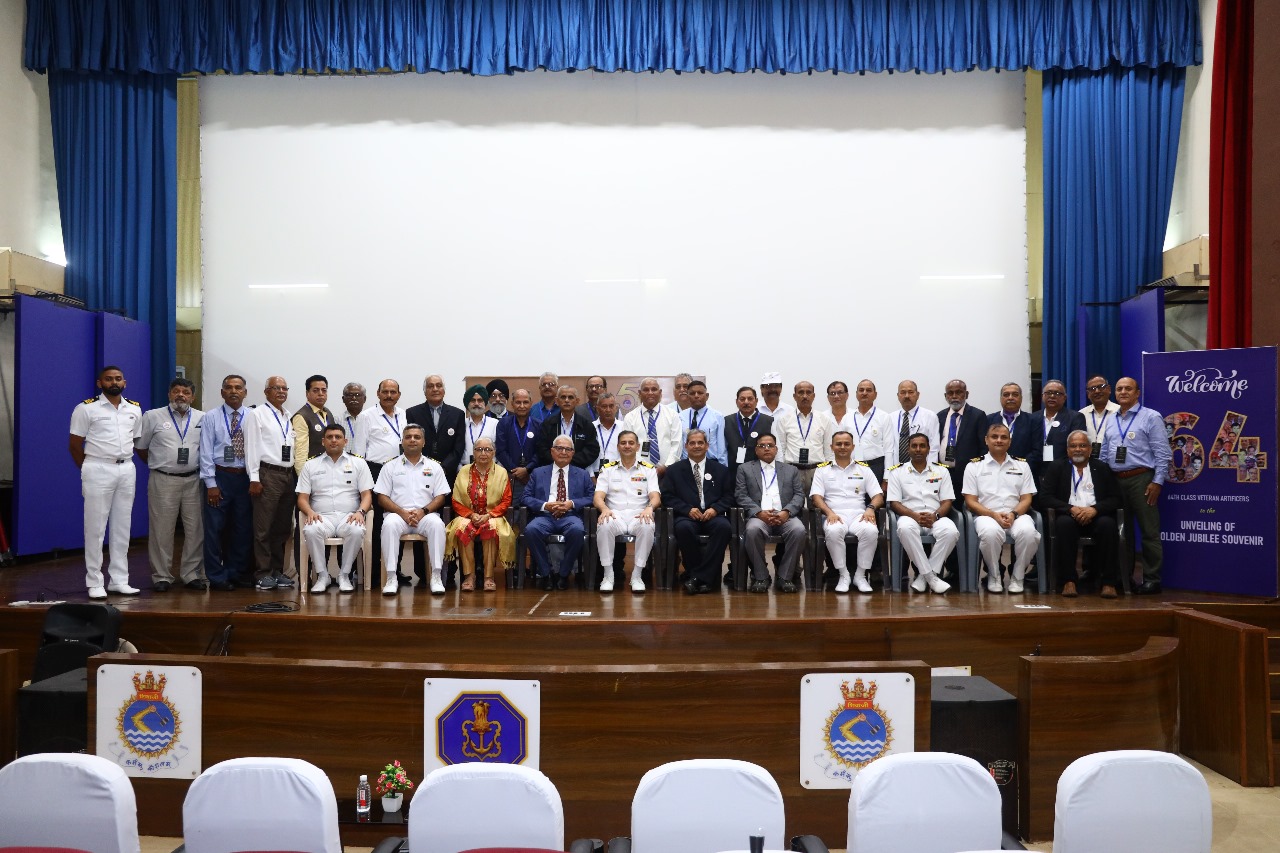
Group Photograph
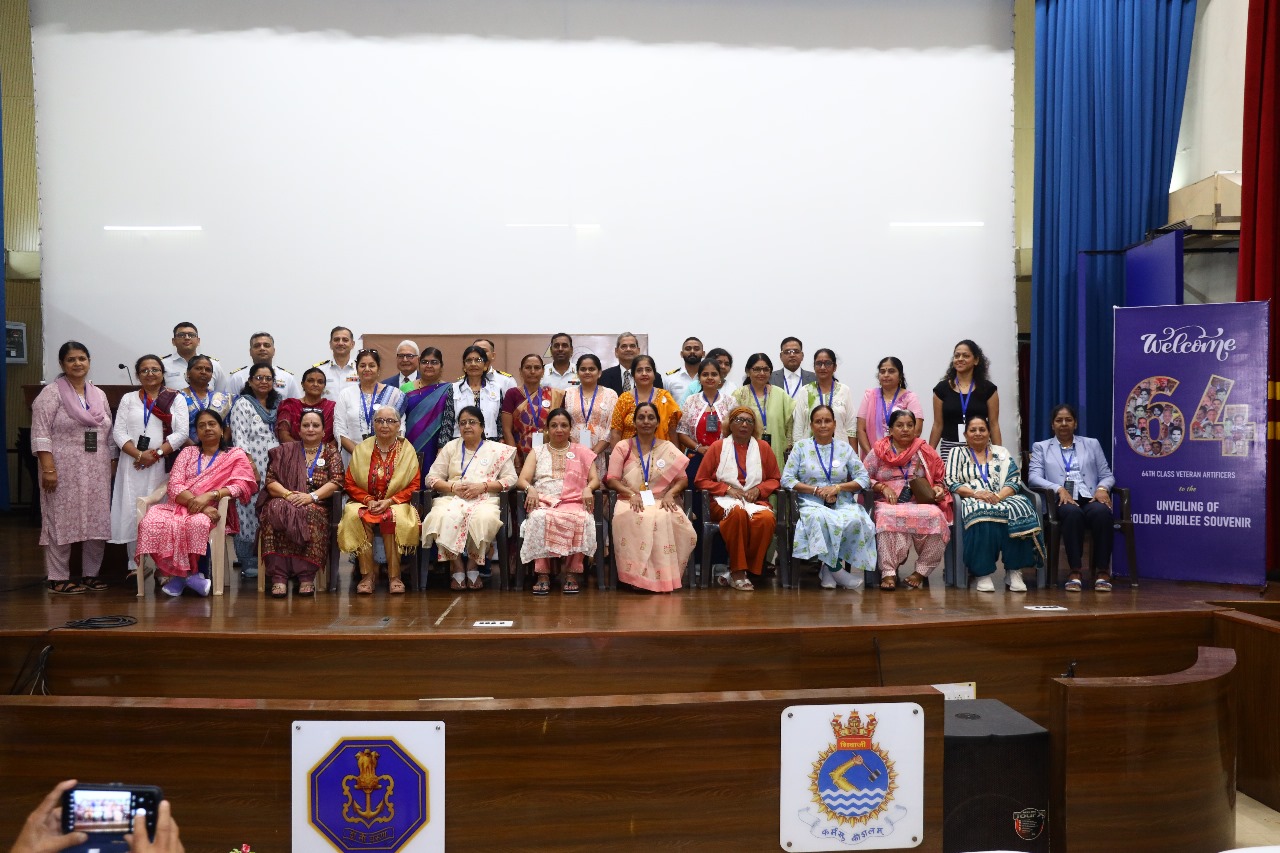
Better Half
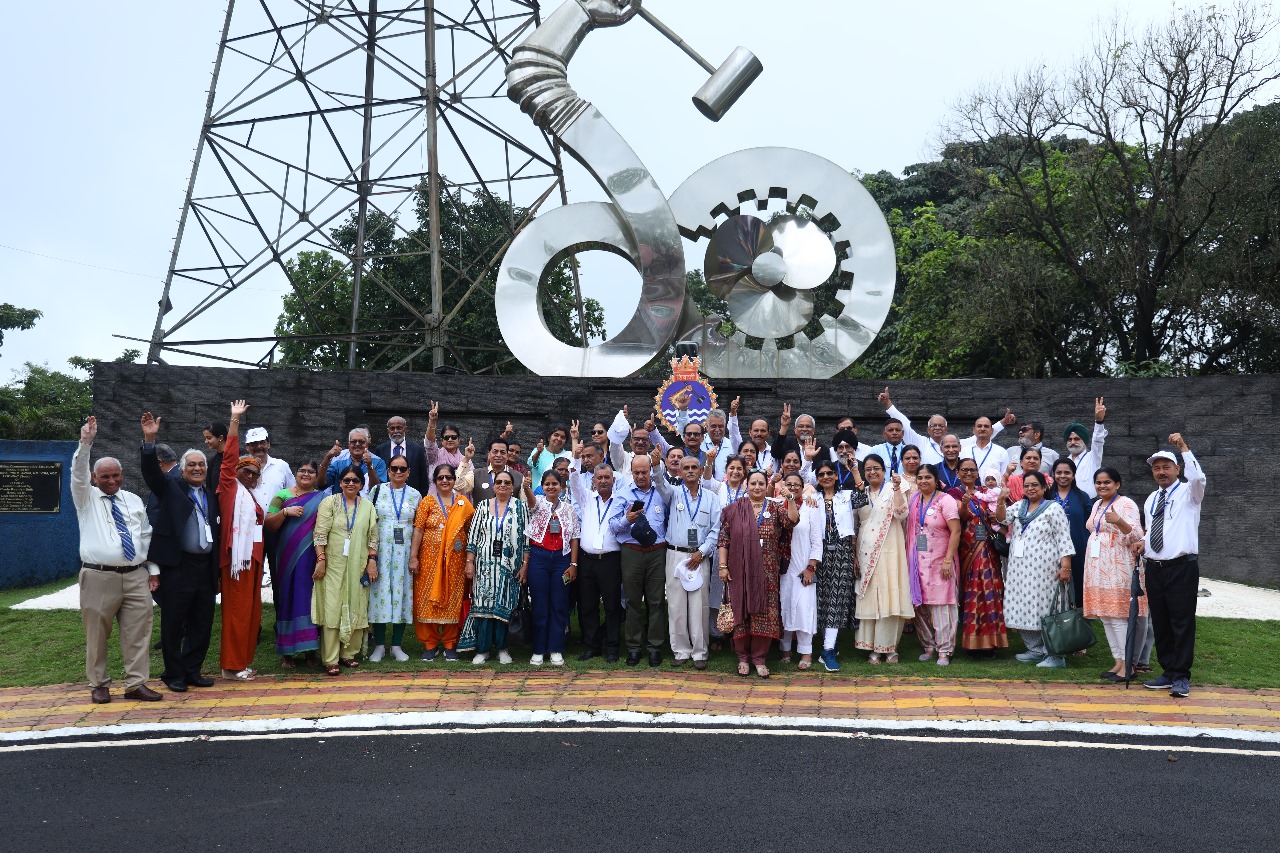
Proud to be Part of this Golden Jubilee Celebration
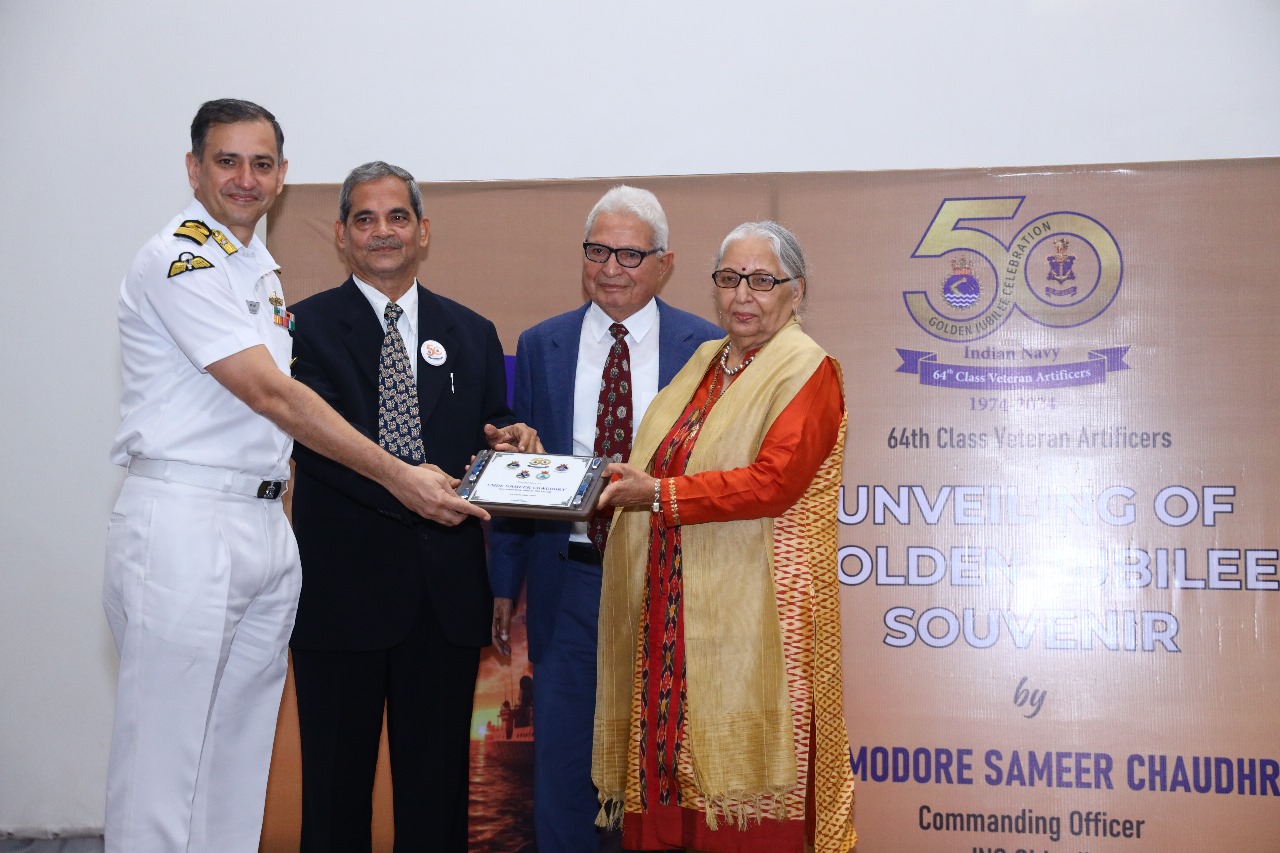
Great Cherished Moments to remember
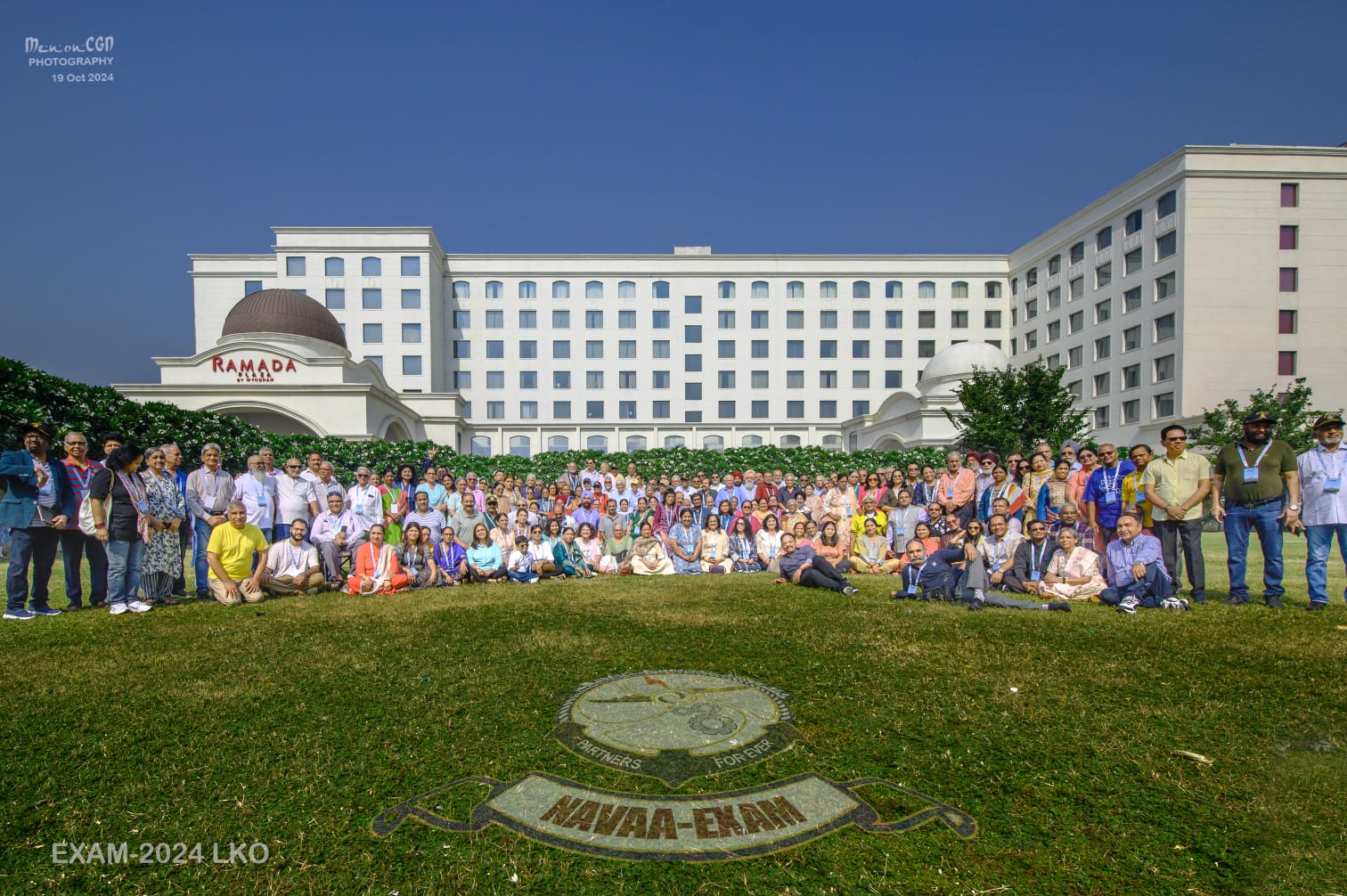
Artificers Meet Lucknow
EXAM was conducted by NAVAA from 17th Oct 2024 to 20thOct, 2024 at Lucknow. Artificers present were 165 couples including few singles.It was a wonderful event looked after by local partners from Lucknow. Highlight was A Kathakali Dance by reputed artist group.

Merry Christmas 2024
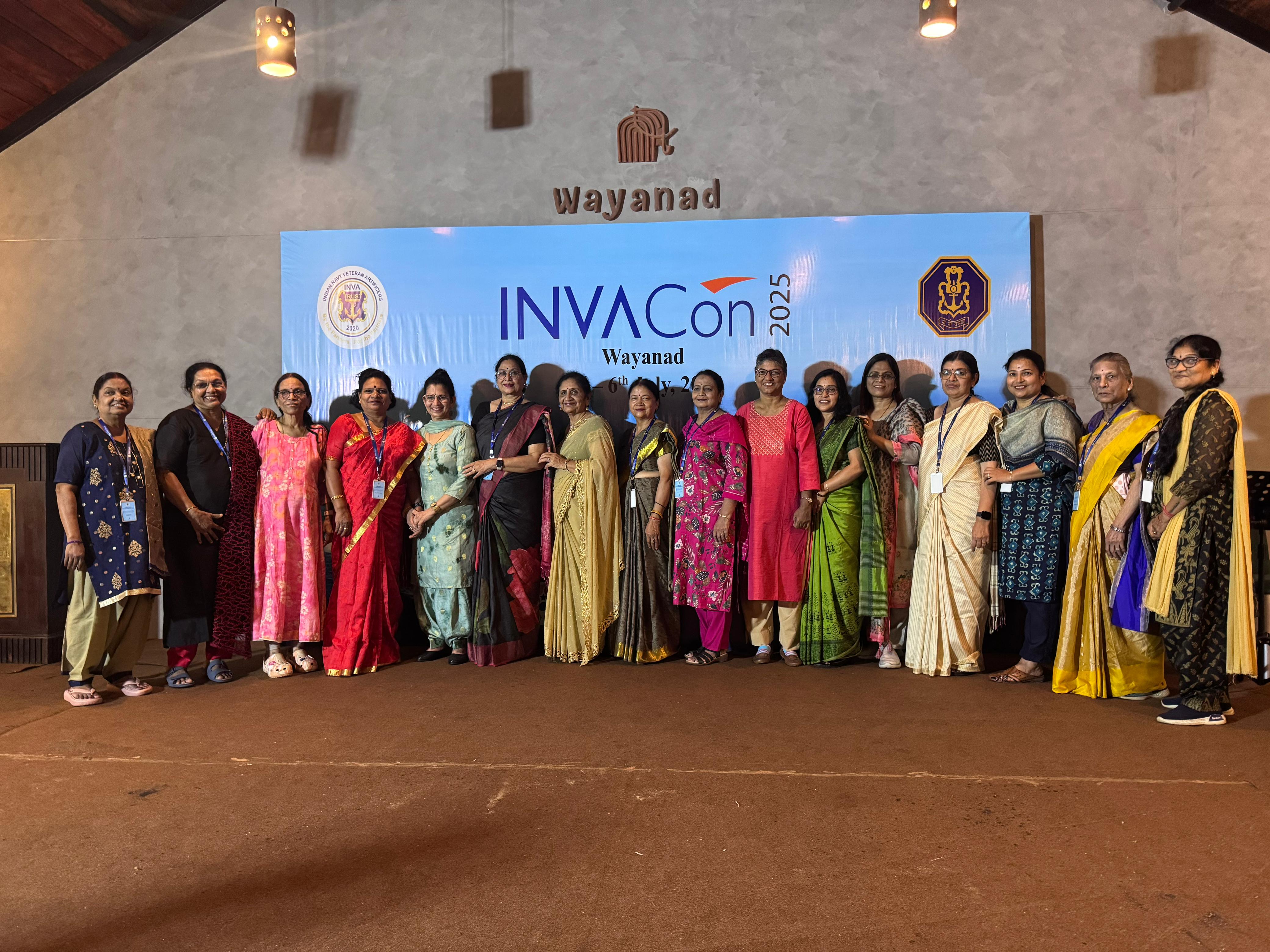
INVA CON Waynad 2025
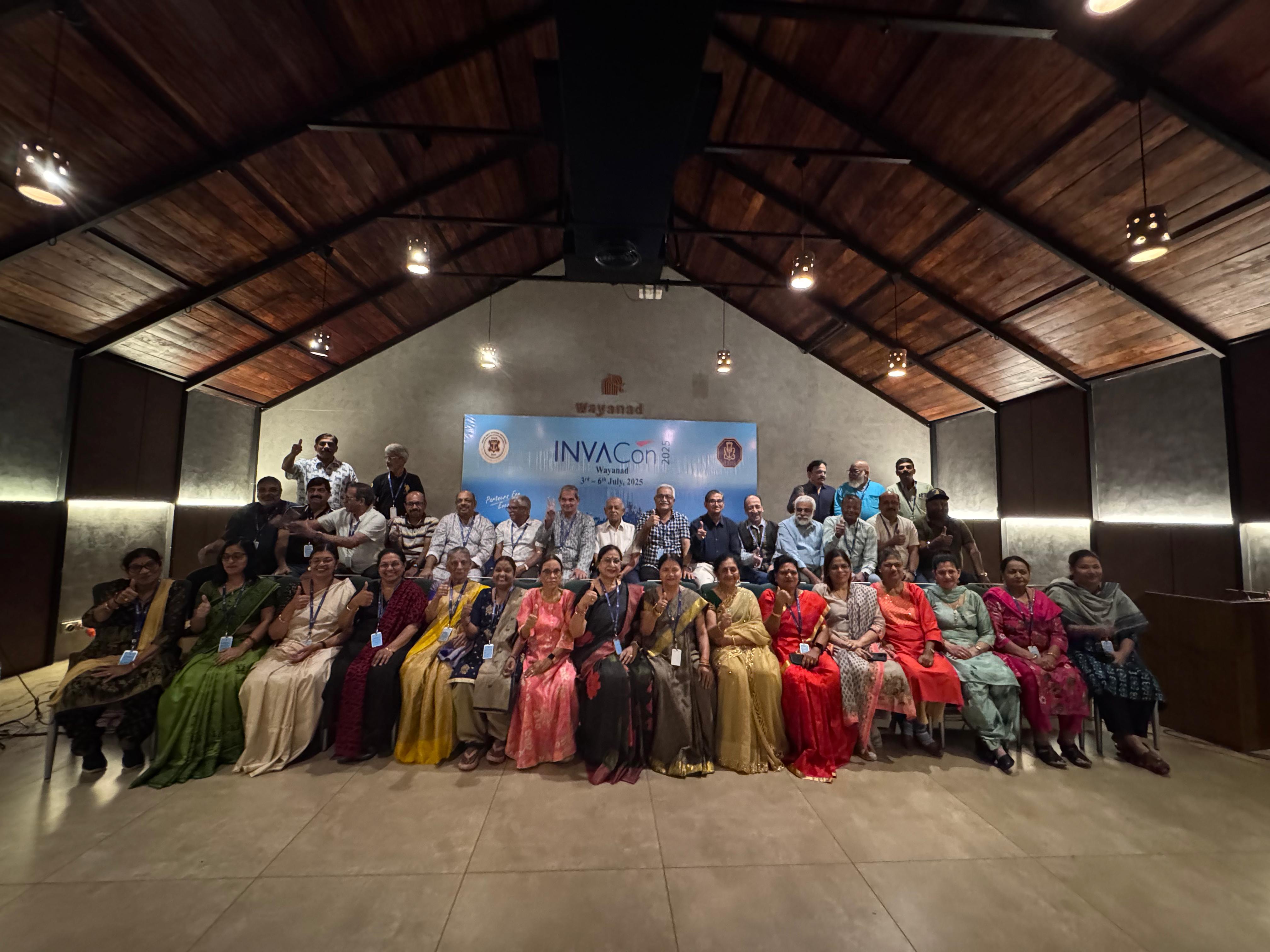
INVA CON Waynad 2025
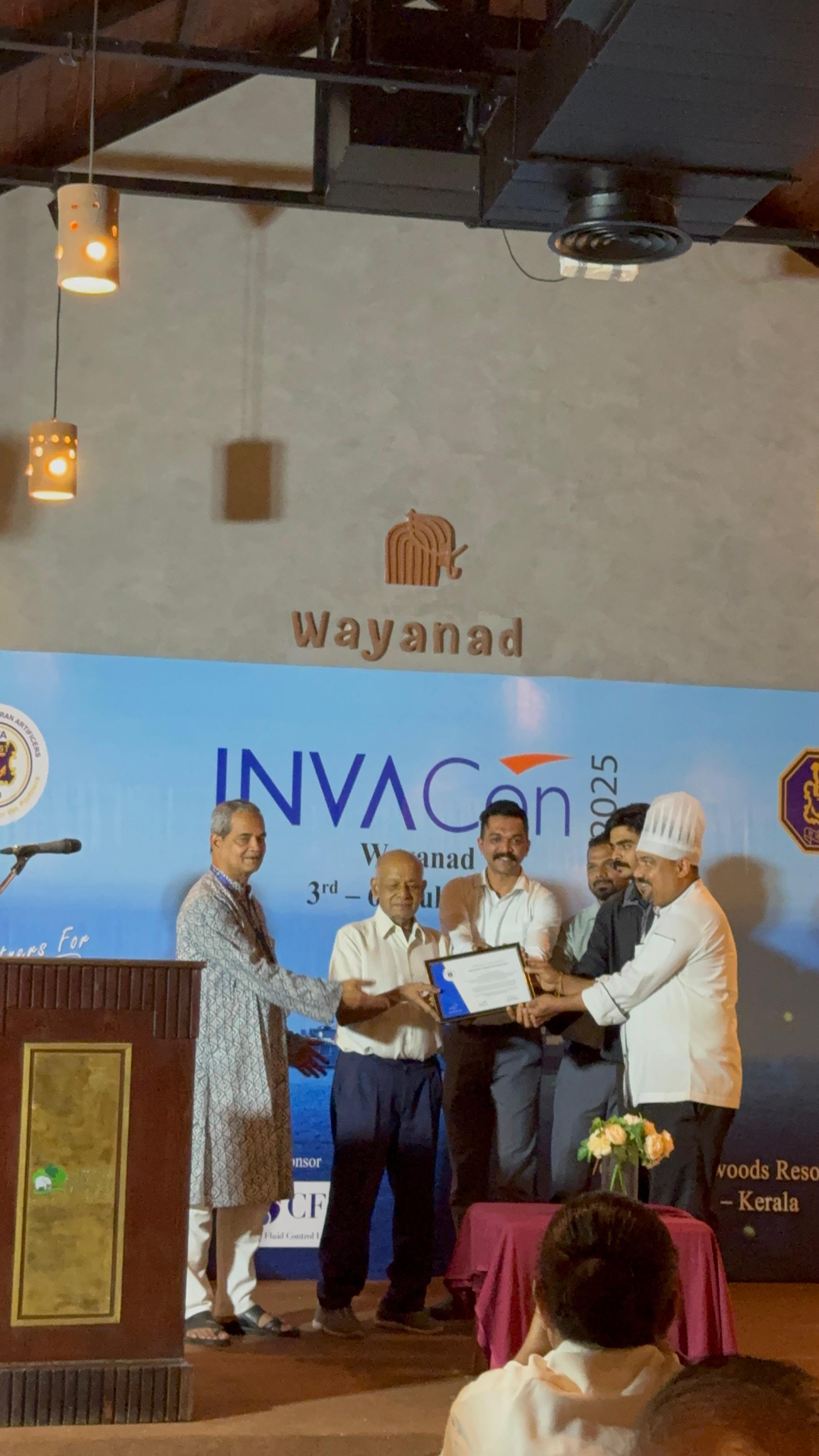
INVA CON Waynad 2025
